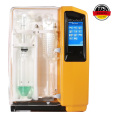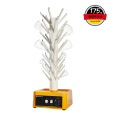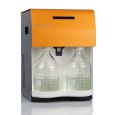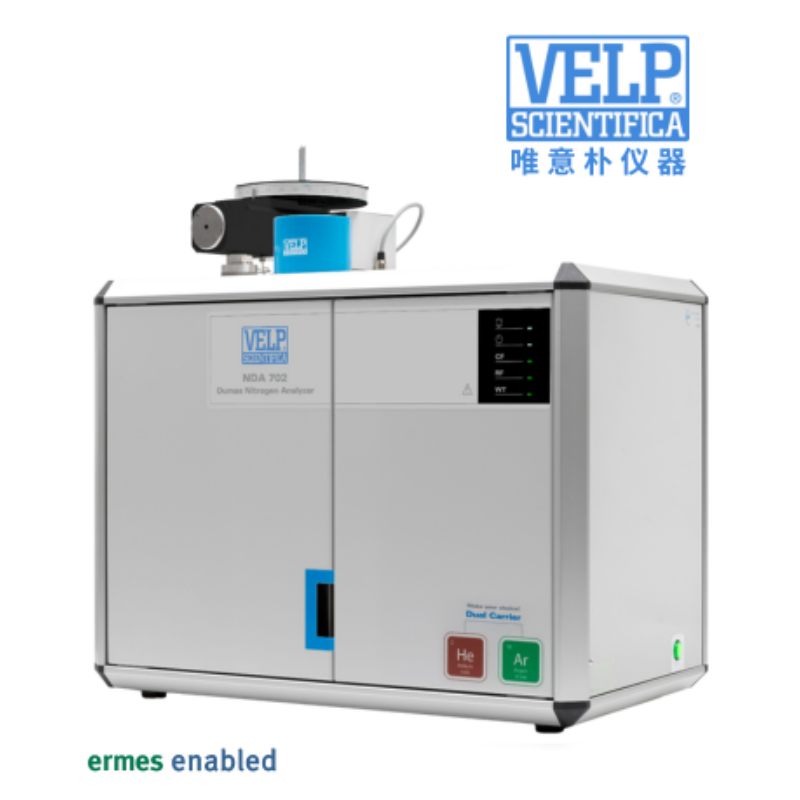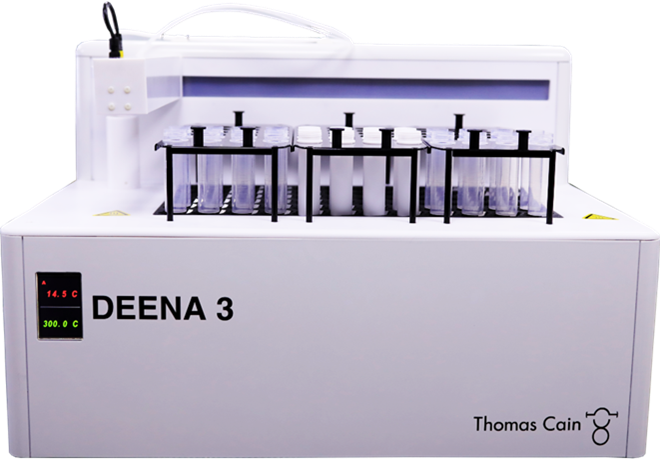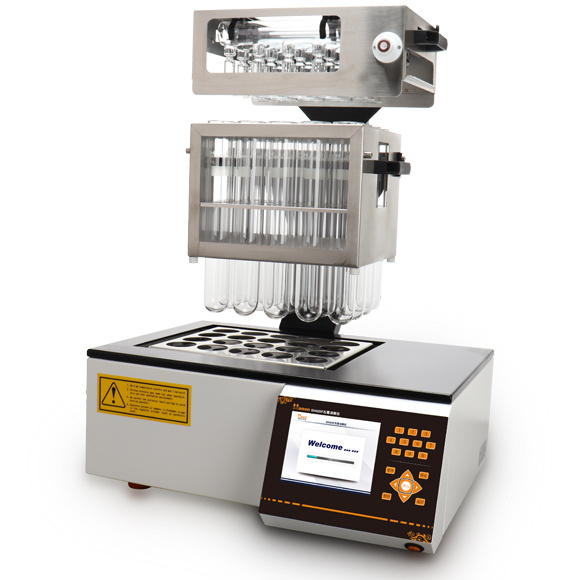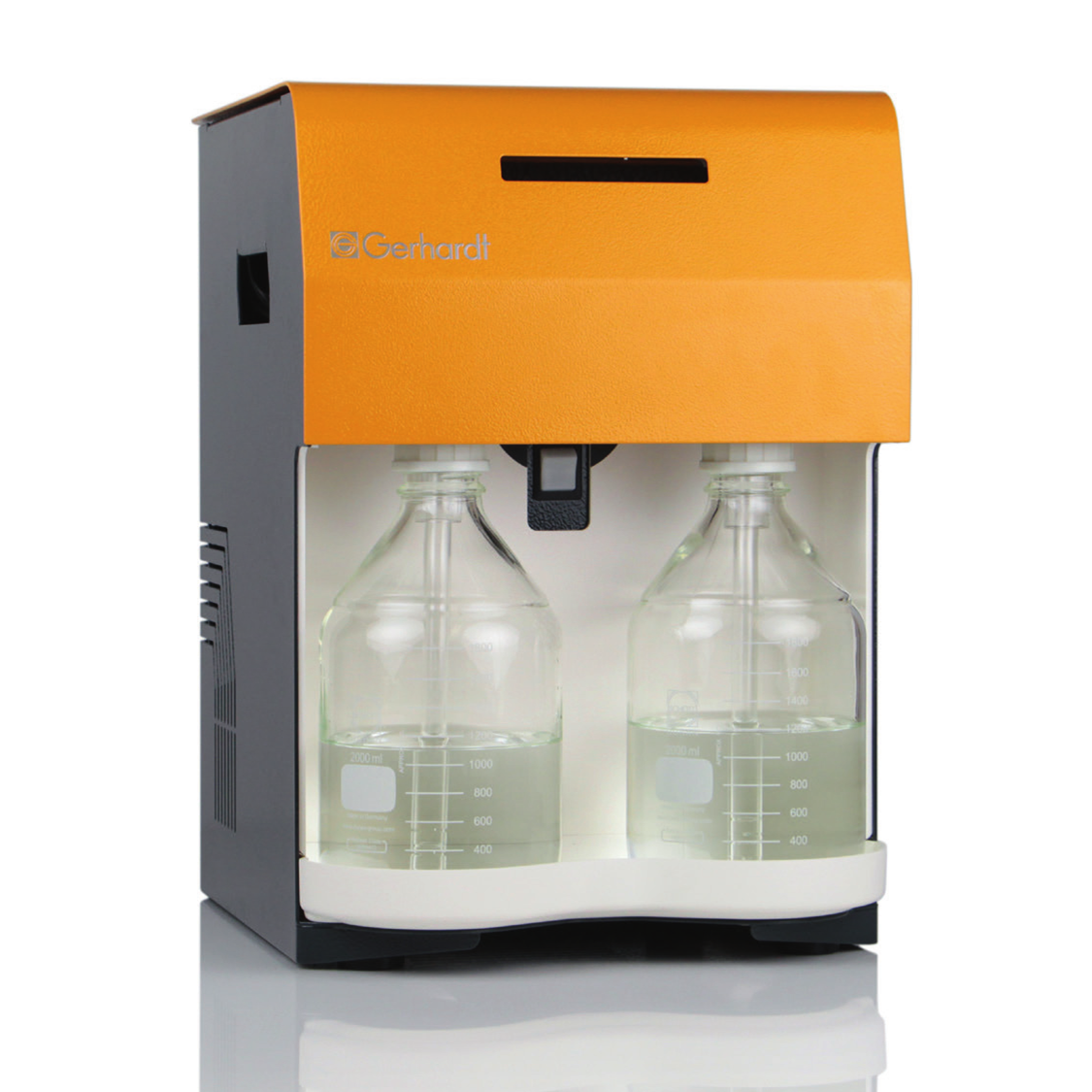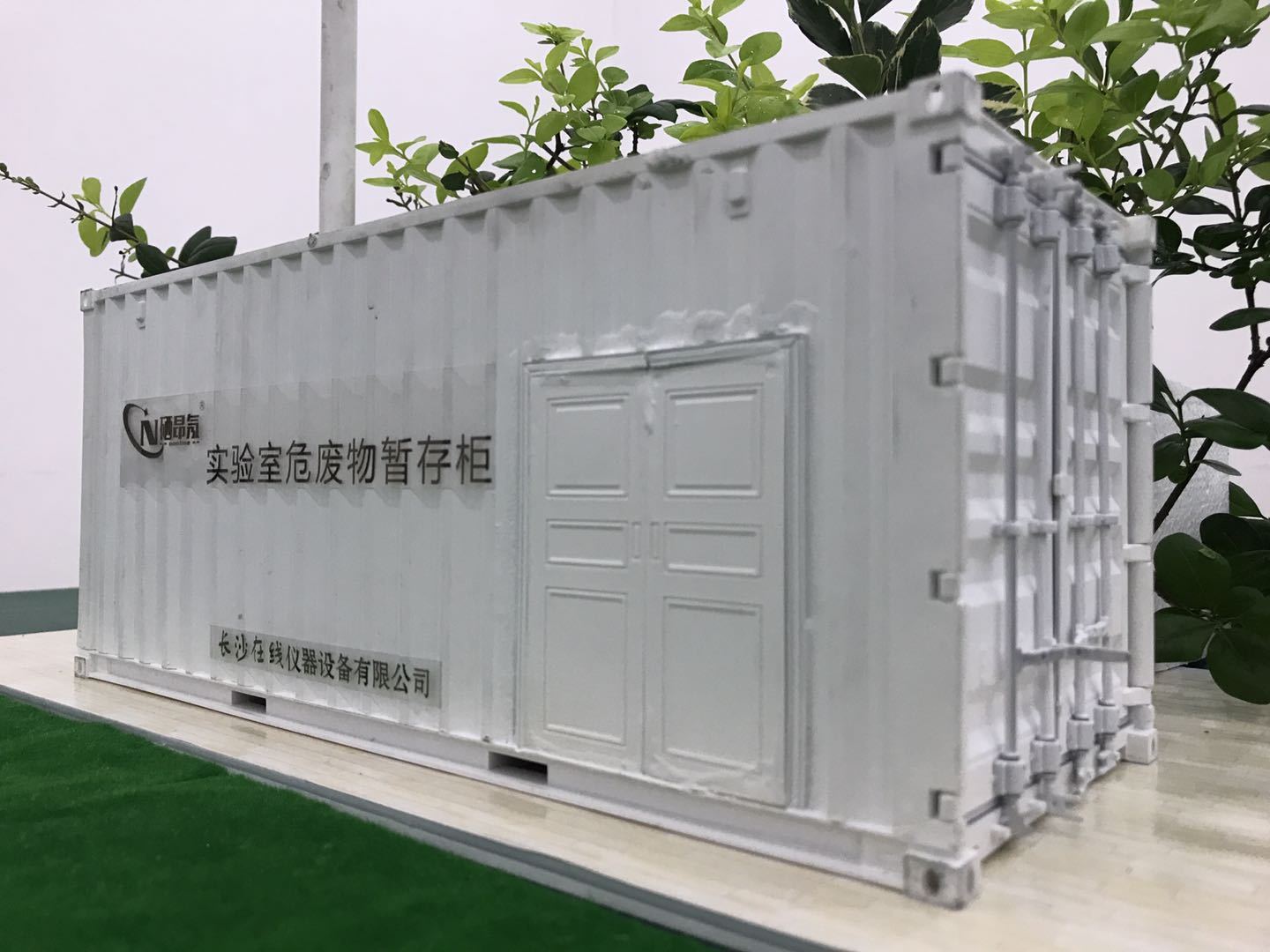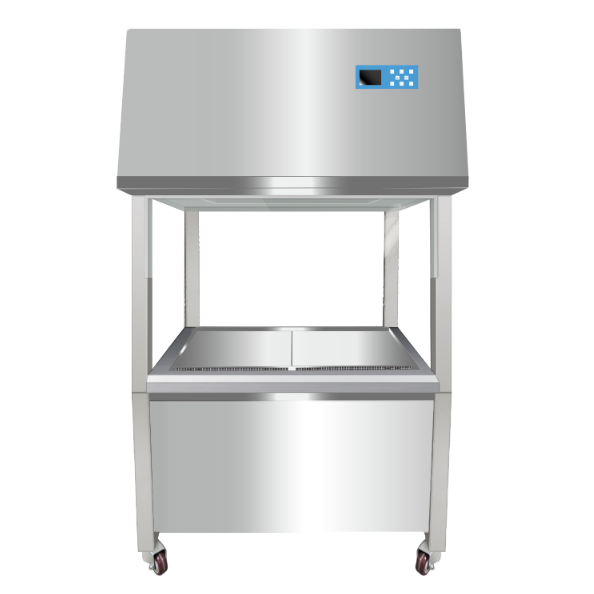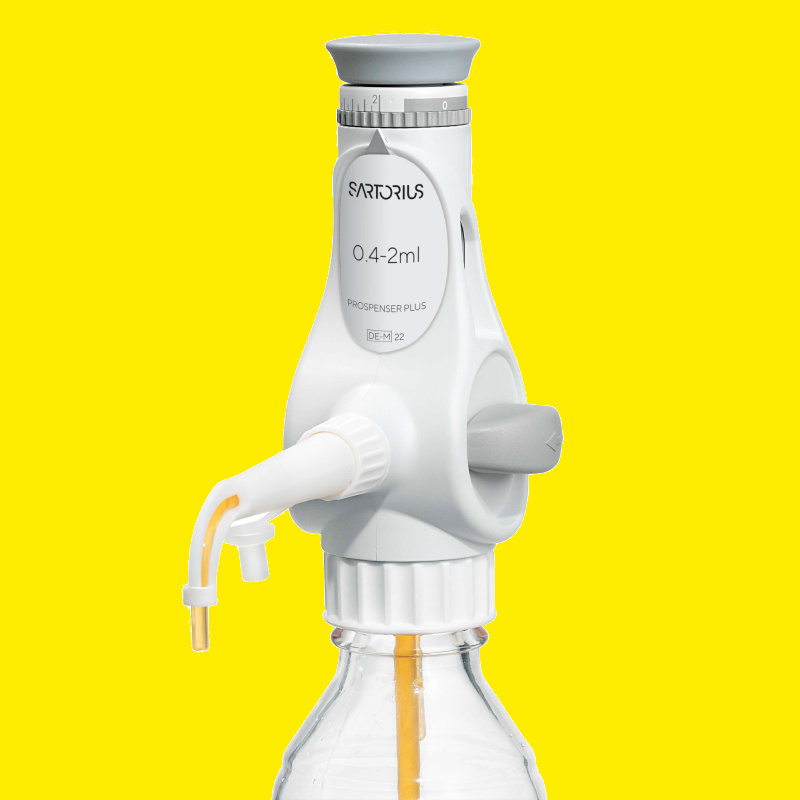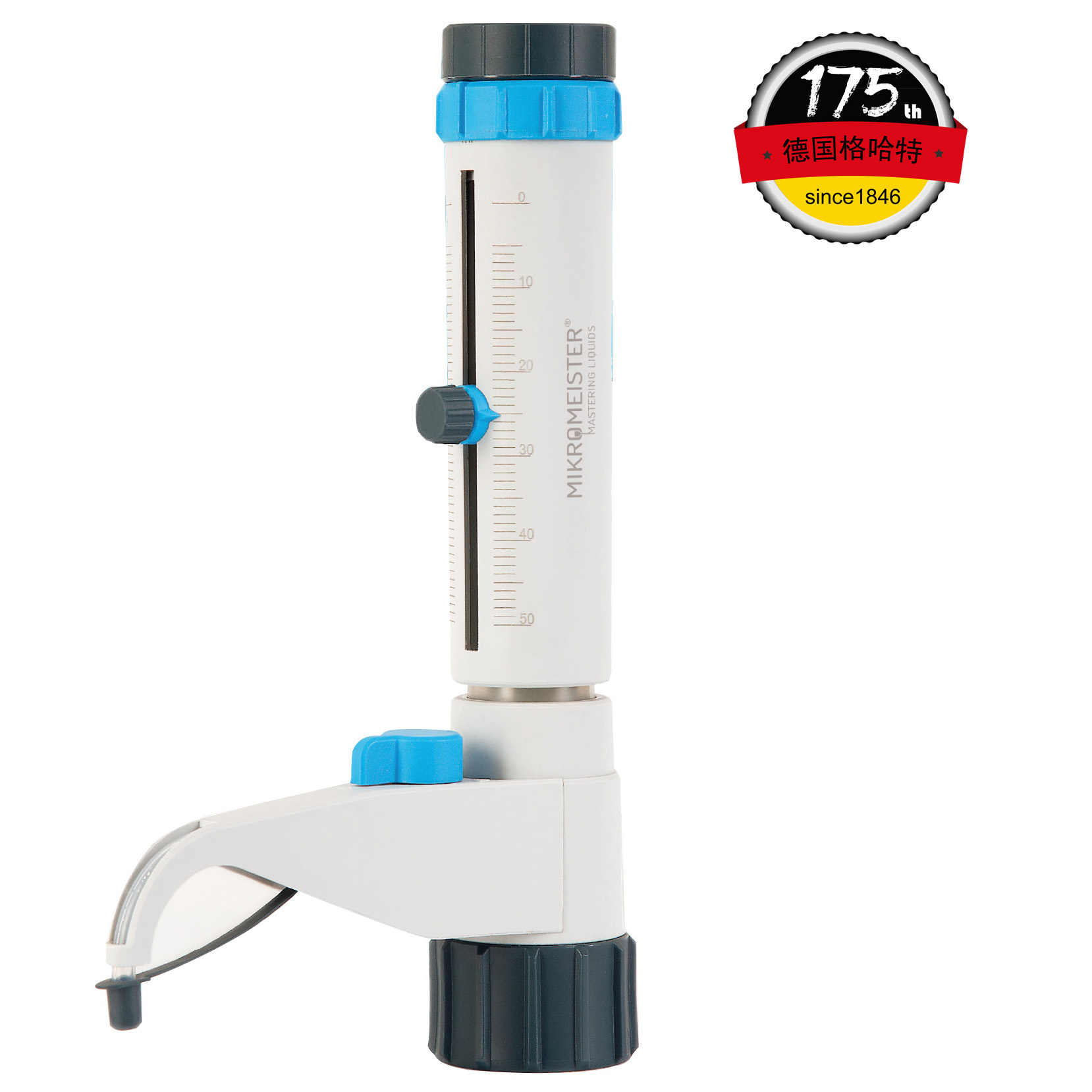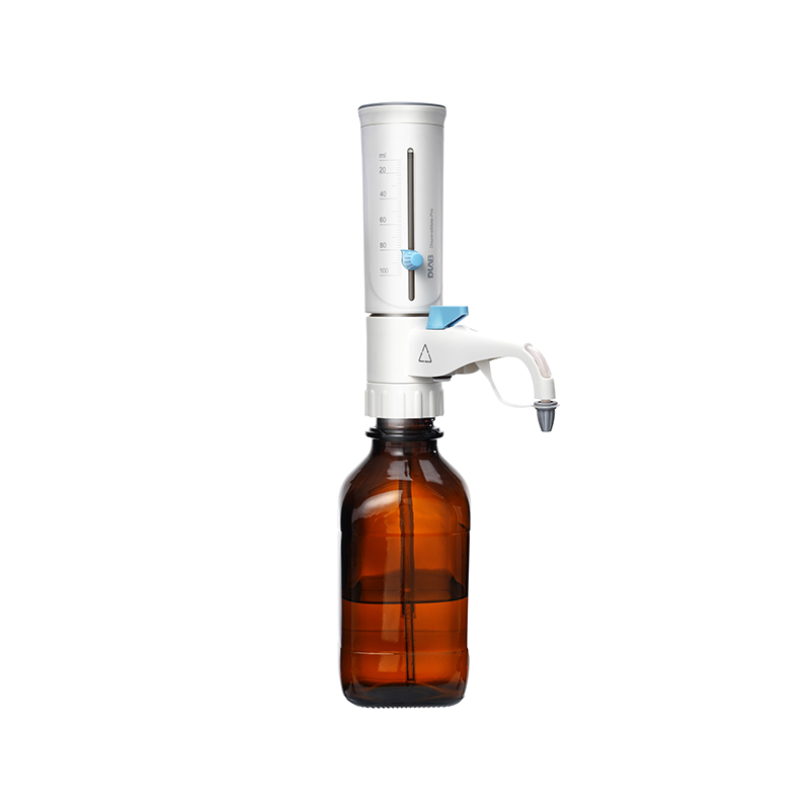
气候温室条件下热处理和未加热蚯蚓粪肥对钙质土壤和芦荟生长生物学特性的比较Comparison of Heat-Treated and Unheated Vermicompost on Biological Properties of Calcareous Soil and Aloe Vera Growth under Greenhouse Conditions in a Mediterranean Climate
方案详情

气候温室条件下热处理和未加热蚯蚓粪肥对钙质土壤和芦荟生长生物学特性的比较Comparison of Heat-Treated and Unheated Vermicompost on Biological Properties of Calcareous Soil and Aloe Vera Growth under Greenhouse Conditions in a Mediterranean Climateagronomy 2 of 17Agronomy 2022, 12,2649 Citation: Taval i , I.E.; Ok, H.Compar i son of Heat-T reated and Unheated Vermicompost on Biological Properties of Calcareous Soi l and Aloe Vera Growth under Greenhouse Condi t ions in a Mediterranean Climate. Agronomy 2022,12,2649. https://d o i .org/10.3390/agronomy12112649 Academic Editor: Domenico Ronga Received: 17 September 2022 Accepted: 24 Oc t ober 2022 Published: 27 Oc t ober 2022 Publisher's Note: MDPI stays neutral with regard to j urisdic t ional claims i n publi s hed maps and i nstitutional aff i l-iations. Copyright: o 2022 by t he authors.Licensee MDPI, Basel, Switzerland.This article is an open access article distributed under the terms and conditions of the Crea t ive Commons A t t r i bution (CC BY ) l icense (https://creativecommons.org/licenses/by/4.0/) 1 Department of Soil Science and Plant Nutrition, Faculty of Agriculture, Akdeniz University,07070 Antalya, Turkey 2 Department of Plant Produc t ion and Technologies, Faculty of Agricultural Sciences and Technologies Cyprus I nternat i onal Universi t y, 99258 Nicosia, T urkey Correspondence: hok@ciu.edu.t r Abstract: Determining how i ntermittently applied heat t reatment during the preparation of vermi-compost changes the effectiveness of t he fer t ilizer i s a challenge. I n t his study, organic Aloe vera was grown using heat-treated cattle manure vermicompost (IVC) and unheated cattle manure vermi-compost (VC). Additionally, these two vermicomposts were combined with vermiwash (LV) and applied to the soil. Thus, t he cumulative effect of vermicompost on soi l biological proper t ies (number of bacteria, dehydrogenase, urease, alkaline phosphatase, B-glycosidase) and plant growth (plant height, number of l eaves, leaf biomass yield, number of suckers, f resh gel weight) was investigated.According to t he results obtained, it was understood that HVC-30+LV, HVC-60+LV, and VC-60+LV applications were more effective on soil biological properties. On t he other hand, HVC-30+LV and HVC-60+LV applications were found to be effective on plant growth. In addition, i ncreases of 140%in soi l bacterial number, 170% in dehydrogenase ac t ivity, 125% in urease activity , 122% in alkaline phosphatase activity, 123% i n β-glycosidase activity, 65% in plant height , and 45% in leaf biomass yield and wet gel weight were observed. Accordingly, i t can be stated that heat-treated cattle manure vermicompost applied to the soil at a rate of 30 t ha-1 together with vermiwash is beneficial for improving the biologica l properties of calcareous soil and for organic Aloe vera cultivation. Keywords: cumulative effect; medicinal plant; microbial activ i ty; organic f arming 1. Introduction The use of secondary metabolites from medicinal plants as a natural raw material source in the cosmetic and pharmaceutical industries is becoming increasingly common.One of the medicinal plants from which valuable phytochemical s are obtained is Aloe vera,a plant species in the Asphodelaceae (lily) family. I t is known that the plant has much in common with cacti in terms of its affinity for dry climates, small spines on the edges of its leaves, and water storage properties of i ts l eaves [1]. This plant, which thrives in hot and dry regions, is included in many products that serve both the beauty and health sectors due to the gel -like substance within its leaves [2-6]. Medicinal plants have significant commercial value in Turkey as well as i n many countries with a Mediterranean climate. These plants are collected f rom nature, obtained through farming, and sold as raw materials to the r elevant i ndustry sectors. I t i s essential that the production of plants such as A. vera, whose phytochemicals are evaluated i n the cosmetic and pharmaceutical industries, should be carried out within a specific plan. The industria l f acil i ties that will process these plant materials want to source t he raw material every year in the amounts t hey need [7]. Only in this way can standardized high-quality products can be produced. For this reason, growing these plants i n control l ed conditions away from toxic substances, such as pesticide residues, chemical accumulations, and heavy metals, is of great importance [8]. A. vera cultivation, which is common in countries such as Spain, India, the USA, South Africa, Brazil, and Mexico, i s a newly developing sector in T urkey. The Aloe barbadensis Miller variety i s mainly produced in greenhouse conditions in Turkey [9]. It was reported tha t ecological f actors-such as slope exposure, altitude, and seasonal climate changes-and factors such as plant collection time, storage conditions, drying times, and drying temperatures are effective i n obtaining optimum secondary metabolites from medicinal plants [10]. In A. vera cultivation, climate, soil characteristics, agronomic factors (plant sowing frequency, fertilization, irrigation, etc.), and harvest t ime are among the most important factors affecting plant biomass yield and f resh gel quality [11]. I n addition, fertilization has an important place among the agronomic practices that most affect the yield and phytochemical quality i n a vegetation period in the cultivation of these plants [12]. The use of organic fertilizers and/or soil conditioners rather than chemical fertilizers in A. vera cul t ivation is recommended because although chemical ferti l izers promote the production of primary metabol i tes in the plant, they are known to have the effect of diluting secondary metabolites [13]. Biomass emerging f rom various organic wastes is transformed into a unique material called "vermicompost" via composting without a thermophilic phase using earthworms,which can be used as organic fertilizer for plant production or as a soil conditioner for the improvement of degraded soils [14]. The most important feature that distinguishes t his material from other organic fertilizers is its high microbiological activity [15]. During vermi-composting, unique microorganisms in t he worm gut enrich the vermicompost microbially by means of "coelomic fluid". When this material is applied to t he soil, t he mentioned microorganisms colonize the fresh roots of the plant. They secrete enzymes, plant growth regulators, and antibiotics into the rhizosphere. Thus, t hey protect the roots against soil pathogens (fungi and nematodes, etc.) and t hey help the roots to develop and the plant to be nourished [16]. On t he other hand, vermicompost is a porous material with low density,high water-holding and anion-cation exchange capacities. Due to these properties, it can retain nutrients, such as carbon, nitrogen, phosphate, calcium, i ron, and zinc , by increasing the anionic and cationic activities in the soil [17]. Due to the chelating feature of coelomic liquid , the nutrients it contains are less affected by adverse soil conditions and are also rich in humic substances that i ncrease capillary rooting [18]. For these reasons, vermicompost not only promises an effective/cheap method for waste management in agricultural pro-duction but also finds use as a soil conditioner and/or organic fertilizer. On the other hand,vermiwash is a liquid extract obtained from vermicomposting beds and used as liquid fertilizer, foliar spray, and disease control agent [19]. In this study, vermicomposts with different characteristics were applied to t he soil alone and i n combination with vermiwash under greenhouse conditions in a Mediterranean climate. Thus, the aim was to determine the cumulative effect of vermicompost on the biological properties of calcareous soil and the growth of A. vera. 2. Materials and Methods 2.1. Experimental Site The study was carried out in a plastic greenhouse located in Alanya, Turkey (36°21'3"N;32°15'47" E, altitude 185 m). The experiment covers September-August i n two consecutive production seasons (2019-2020 and 2020-2021), and indoor cl i mate data were recorded between these dates. The highest temperature in the greenhouse in t he first year was 49.7℃,the lowest temperature was 4.3 °C, and the average temperature was 27.0°C. The highest relative humidity was 77%, the lowest relative humidity was 41%, and the average relative humidity was 61%. The average solar radiation was measured as 6.82 kWh/m²/day. In the second year, the highest temperature was 48.3°C, the lowest t emperature was 2.7°C,and the average temperature was measured as 25.5 °C. The highest relative humidity was 79%,the lowest relative humidity was 48%, and the average relative humidity was 63.5%. The average solar radiation was measured as 7.02 kWh/m²/day 2.2. Treatments and Experimental Design Vermicomposts used as organic ferti l izing material in the experiment were obtained from the Turkish company Ekosol INC.; heat-treated vermicompost (hereinafter referred to as HVC) and unheated vermicompost (hereafter VC) were used in the experiment. The heat treatment was carried out by the fertilizer company in a special oven at 70 °C. This process is routinely performed to protect the vermicompost from microbial contamination under factory condi t ions until i t enters the bag. The experiment also aimed t o support the HVC and VC throughout the plant cultivation seasons by applying vermiwash (LV)to the soil. The analysis resul t s of the vermicomposts used in the study and t he soil on which the experiment was established are shown in Table 1. The application rates of vermicompost to the soil were determined as recommended at 30-60 t ha -1 [20]. In addition, during the growing season, vermiwash was applied to some parcels of the soil via drip fertigation at the rate recommended by the fertilizer company. The study was carried out as a factoria l according to the randomized plot design with three replications.Accordingly, vermicompost applications were as follows: Control (vermiwash-LV), HVC 10 t ha-1 (HVC-10), VC 10 t ha-1 (VC-10), HVC 30 t ha-1 (HVC-30), VC 30 t ha-1 (VC-30), HVC 60 t ha-1 (HVC-60), VC 60 t ha-1(VC-60), HVC 10 t ha-1 + LV (HVC-10+LV),VC 10 t ha -1 + LV (VC-10+LV), HVC 30 t ha -1+LV (HVC-30+LV), VC 30 t ha -1+LV (VC-30+LV), HVC 60 t ha-1+LV (HVC-60+LV), VC 60 t ha-1 + LV (VC-60+LV). Table 1. Characteristics of experiment soil and organic f ertilizers. Parameter Soil Unheated Vermicompost (VC) Heat-Treated Vermicompost (HVC) Vermiwash (LV) pH 7.3 7.6 7.4 8.5 EC (uS cm-1) 218 3800 4500 9000 Lime (%) 16 Sand (%) 19.14 Clay (%) 55.82 Loam (%) 25.04 Moisture (%) Organic matter (%) 1.23 7 Organic C (%) 0.71 巧 41 Total N (%) 0.079 C:N ratio 9:1 16:1 12:1 4:1 Urease 185 167 312 (ug NH4*-Ndw h-1) 39 Alkaline phosphatase 26 173 161 283 (ug PNP dw h-1) B-glycosidase 2 69 55 134 (ug PNG dw h-1) Dehydrogenase 0.5 46 38 96 (ug TPF dw h-1) Number of bacteria 1.1×105 2.7×105 2.8×103 4.9×107 (cfug-1 dw) 2.3. Experimental Setup In the experiment, the suckers of the Aloe barbadensis Miller plant, which were pre-viously obtained, were used as seedling material. To create a seedling-growing medium,a mixture of peat, perlite, and vermiculite was prepared, and the resul t ing medium was moistened to around 80%. This prepared moist mixture was transferred to viols with 128 holes, and i t was ensured t hat all holes were filled with the mixture. Then, A. vera suckers were placed in viols, one per hole, and watered abundantly. In t he following days,the seedlings' irrigation, fertilization, and other maintenance processes were carried out. I n this context, i t was ensured that the seedlings were ready i n approximately 25 days. Before the greenhouse experiment was established, soil cultivation and weeding were performed and seedlings were made ready for planting. Then, plots of 6 m² (1 m width,6 m l ength, and approximately 30 cm height) were created by the experiment plan. In order to minimize the i nteraction of the experiment subjects with each other, approximately 1.5 m gaps were l eft between t he plots. Then, the vermicomposts (according to dry matter calculation) were weighed by adhering to the applications detailed above. Afterwards, the fertilizers were mixed homogeneously on the plots. For two-season cultivation, A. vera seedlings were planted with at least ten plants (60 cm on rows, 60 cm between rows) in each plot, and the experiment period was started by providing water through the drip irrigation system. Plant maintenance procedures (irrigation, disease, pest monitoring, etc.)were carried out from seedling planting to harvest during the vegetation period. In t his period, weeds were removed from the plots. During the growing period, drip i rrigation was applied to the plants equally in each plot. Since the plant is sensitive to root rot with excessive watering, water was given carefully. For this, i rrigation was performed by monitoring the moisture status of the soil, plant appearance (withering signs on t he l eaves),and solar radiation data (once every 7-10 days in the cold period and once every 2-3 days in t he hot period). 2.4. Harvesting Plant leaves were harvested for the first t ime 90 days after planting, and a total of 4 harvests were performed per season. Harvest times were determined based on the number of plant leaves and leaf weight. In the harvests Om1叮 , five randomly selected plants were harvested from each replication plot. Harvesting was performed by cutting only t he mature leaves that have completed thei r development 3-5 cm above t he soil surface. In each harvest period, soil and plant samples were taken and measurements and analyses were made. After al l harvests, sampl i ng, and measurements were completed, the greenhouse experiment was terminated for both seasons. The foreign materials on the plant were removed by pre-cleaning the plant materials obtained during the harvest periods. Then,measurement, weighing, and calculations were performed on the plant samples, and the results were given as the average of the five plants sampled. Accordingly, parameters such as plant height, t he number of l eaves, l eaf biomass yield, the number of suckers, and fresh gel weight were determined. 2.5. Preparation of Analysis Analyses of the details of the vermicomposts used i n t he experiment were carried out. Mois t ure, amount of organic matter, and amount of organic carbon were determined according to the mass lost after burning i n the muffle furnace (ILD-MFL) [21]. pH and EC values were determined by measurements made with a pH-EC meter (Consort C1010) in a 1:10 ratio of vermicompost-pure water suspension [22]. Total nitrogen (N) determination was made according to the modified Kjeldahl method (Gerhardt Vapodest 300) [23]. Before the experiment was es t ablished, analyses of t he details of the soil sample t aken from 0-30 cm depth were performed. The air-dried soil was sieved through a 2 mm sieve (10 mesh) and made ready for analysis. The texture of the soil was determined via the hydrometer method (Hamilton Beach-CS) [24]. The lime content of the soil was determined by the calcimeter method (Eijkelkamp C-08.53) [25]. The pH and EC values of t he soil were determined with 1/2.5 soil: distilled water mixture (Consort C1010) [22]. The organic matter and organic carbon (C) content of the soil were determined by the wet oxidation method [26]. Total N analysis was performed for vermicompost as described above. Biological analyses were performed on soil samples from 0-15 cm depth in each harvest period. Soil samples taken for the aforementioned analyses were brought to thelaborator y quickly and kept at +4C to minimize moisture loss. The biological properties of the soi l s were determined in moist soil samples, but the r esults were given for dry soil.Accordingly, t he total number of aerobic mesophilic heterotrophic bacteria was determined by the dilution plate method, which is a cultural counting method [27]. Dehydrogenase activity was determined at 546 nm according to t he t riphenyl tetrazolium chloride (TTC)method [28]. Urease activity was determined at 578 nm according to the ammonium colori-metric method [29]. Alkaline phosphatase ac t ivity was determined at 410 nm according to the p-nitrophenyl phosphate (PNP) method [30]. B-glucosidase ac t ivity was determined at 410 nm according to t he p-nitrophenyl-B-D-glucoside (PNG) method [31]. Numerical data for all enzyme activities were obtained via spectrophotometer (Perkin Elmer Lambda 25 UV-VIS). 2.6. Statistical Analysis Data obtained from measurements and analyses for soil and plant samples were t aken into statistical evaluation using SPSS 21.0 package program. In this context , the importance of numerical data (at the level of 5%) was determined through repeated measurement analysis (rANOVA). Subsequently, the results found to be significant were graded using Duncan's multiple comparison test. In addition, t he relationships between soil biological properties and plant growth parameters were determined using the Pearson correlation test [32]. 3. Results 3.1. Number of Bacteria It was observed that the number of soi l bacteria followed a fluctuating course in both growing seasons with vermicompost applications (Figure 1). On the other hand, it was determined tha t the number of soil bacteria was higher in the second season than i n the f i rst. Changes in the number of bacteria values between harvest periods in the first and second seasons were also statistically significant (both p<0.01 levels). According to the stat i stical analysis, the effects of the interaction between fertilizer applications and temporal changes on the number of bacteria in the soil in both seasons were found to be statistically significant at the p <0.05 level (Table 2). In addition, it was determined that the effects of t he treatments on the number of bacteria were statistically significant (p <0.05, p <0.01, respectively) in both growing seasons. I t was determined that HVC-60+LV and VC-60+LV applications (for both seasons, 140% i ncreases were recorded according to t he lowes t applications) produced the highest values. Figure 1. Cont. Figure 1. The effects of applications on the number of bacteria i n t he soi l ((A) f irst growth season,(B) second growth season). Error bars represent standard errors based on three replicates. Table 2. Effects of applications on soi l biological properties. Treatments Number of Bacteria (x106 cfu g-1 dw) Dehydrogena se (ug TPF g-1dw h-1) Urease (ug NH4*-N g-1 dw h-1) Alkaline Phosphatase (ug PNPg-1 dw h-1) B-glycosidase (ug PNG g-1 dwh-1) Growth Season 1th 2nd 1th 2nd 1th 2nd 1th 2nd 1th 2nd LV 0.6 be 1 1.6b 0.76 cd 1.97e 18.75c 38.10 bc 17.30 27.27 d 6.44d 13.58e HVC-10 0.5c 1.3c 0.74 cd 2.16 d 18.06c 35.00c 16.23 27.93 d 6.01d 13.68e VC-10 0.5c 1.4 bc 0.60 d 2.31c 17.06 d 37.70 bc 17.50 25.70 d 7.15c 13.52e HVC-30 0.6bc 1.6b 0.83c 2.15d 24.40 bc 39.76 bc 18.33 35.07c 8.01 bc 17.25c VC-30 0.7 bc 1.6b 1.05b 2.40 bc 29.56 b 42.74b 18.68 37.11c 9.05 b 19.95b HVC-60 0.5c 1.4 bc 0.98 be 2.37 bc 30.16b 41.47b 19.17 38.65 10.15 ab 17.75c VC-60 0.7 bc 1.4 bc 0.90 bc 2.38 bc 26.59 be 47.10b 18.86 40.84b 9.70 b 19.25b HVC-10+LV 0.5c 1.7b 1.07b 2.29c 26.59 bc 43.13 b 19.01 41.81b 8.91 be 21.05b VC-10+LV 0.5c 1.4bc 1.13b 2.48b 28.37b 46.71 b 18.86 42.27b 8.79 bc 21.97b HVC-30+LV 0.9b 1.4bc 1.62 a 2.23 cd 17.46 d 56.52 a 18.61 57.21 a 6.57 d 26.64a VC-30+LV 0.9b 1.4 bc 0.90 bc 2.10d 19.25c 36.79 bc 18.33 35.79c 6.42 d 15.26 d HVC-60+LV 1.2a 2.4a 0.81c 2.14d 28.00b 40.16b 20.65 37.23c 7.81c 15.31d VC-60+LV 1.2a 2.4a 0.92 bc 3.15a 38.53 a 45.12b 19.80 56.60 a 13.46 a 15.54d Harvest (H) 9.2**2 8.21** rANOVA (LSD %5) 1.89* 9.27** Treatment (T) 1.2*3 2.87* 9.75** 1.38* 2.46* 1.98* 7.28** 8.63** H×T 1.3* 8.36** Ns 4 Ns 3.42 ** Ns Ns 2.66* 7.25** 9.54** Ns 1 Means in the same column followed by the same letter are not significantly different. 2 ** p<0.01.3*p<0.05.44 Ns: Not significant. 3.2. Dehydrogenase The changes in soi l dehydrogenase activity with organic fertilization during the grow-ing seasons are shown i n Figure 2. In this context, i t was observed that dehydrogenase activity was higher in the second season compared to the f irst season. According to the results obtained from the statistical analysis, i t was determined that the interaction be-tween fertilizer applications and the temporal change was i nsignificant i n both seasons (Table 2). However, it was determined that the effect of fertilizer application was statis-tically significant and that HVC-30+LV (p<0.05) in the f irst season (170% increase was recorded according to the lowest application) and VC-60+LV (p<0.05) in the second season (59% increase was recorded according to the lowest application) were the applications that increased the dehydrogenase activity the most. In addition, it was determined that the change in enzyme activity between harvest periods i n both seasons was statistical l y significant at the p <0.01 level. Figure 2. The effects of t he applications on soil dehydrogenase activity ((A) f i r st growth season,(B) second growth season). Error bars represent standard errors based on t hree replicates. 3.3. Urease It was observed that urease activity tended to fluctuate in both seasons (Figure 3). In general, i t was observed that urease activity was higher i n the second season compared to the first season. Statistically, it was determined that the interaction between fertilizer applications and the temporal change i n the urease activity of the soil was insignificant.However, t he effect of t he applications was significant at the level of p <0.01 (VC-60+LV)in the first season (a 125% increase was recorded according to the lowest application) and at the level of p<0.001 (HVC-30+LV) in the second season (61% increase was recorded according to the lowest application) (Table 2). In addition, it was determined that t he changes in urease activity between sampling periods within the season were statistically signi f icant (p <0.05 in both seasons). Figure 3. The effects of t he applications on soil urease activity ((A) first growth season, (B) second growth season). Error bars represent standard errors based on three replicates. 3.4. Alkaline Phosphatase Soil alkaline phosphatase activity was higher in t he second season compared t o t he first season (Figure 4). The effect of the interaction between fertilizer applications and temporal variation on alkaline phosphatase ac t ivity of the soil was found to be statistically signif i cant at the p <0.01 level only in the second season. In t erms of the effect of the applications, it was determined t hat the changes in the second season were significant at the p<0.05 level and that the HVC-30+LV and VC-60+LV applications were the appl i cations t hat i ncreased the alkaline phosphatase activity the most (Table 2). In addition, i t was determined that the differences between the values obtained during the sampling periods i n the second season (a 122% increase was recorded according to the lowest application) were statistically significant (at the levels of p <0.05 and p <0.01, respectively). Figure 4. The effec t s of the applications on t he soil alkaline phosphatase activity ((A) f irst growth season, (B) second growth season). Error bars represent standard errors based on three r eplicates. 3.5. p-glycosidase Similar to other enzyme activ i ties, it was striking that the B-glycosidase activity of the soil was higher in t he second season compared to the f irst season and f luctuated between sampling periods. (Figure 5). However, the effect of the interaction between fertilizer applications and temporal variation on B-glycosidase activity was statistically significant at the p<0.01 level in both seasons. Considering the average values of t he harvest periods of the applications, it was determined that VC-60+LV applications in the first season (a 123%increase was recorded according to the lowest application) and HVC-30+LV applications in the second season (a 97% increase was recorded according to the lowest application)increased the β-glycosidase activity of t he soil more than other applications (Table 2).In addition, the effect of temporal change on the B-glycosidase activity of t he soi l was statistically significant at the level of p<0.05 in t he first season and at the l evel of p <0.01in the second season. Figure 5. The effects of the applications on soil β-glycosidase activity ((A) first growth season,(B) second growth season). Error bars represent standard errors based on three replicates. 3.6. Soil Reaction (pH) The effect of vermicompost applications on soi l reaction (pH) was statistically insignifi-cant in both growing seasons. However, a slight i ncrease in soil pH was detected in the f irst season compared to the beginning. A decreasing trend was detected i n the second season (over a 5% decrease was recorded between seasons) (Table 3). On the other hand, temporal changes in pH values were found to be statistically significant at p < 0.05 i n both periods. Table 3. The effects of the applications on the soil chemical properties. Treatments pH EC (uS cm-1) Organic C (%) Growth Season 1th 2nd 1th 2nd 1th 2nd LV 7.49 7.22 1053 1437 1.00 1.12d1 HVC-10 7.46 7.23 869 1251 1.01 1.16c VC-10 7.48 7.19 923 1367 1.05 1.15c Table 3. Cont. pH EC (uS cm-1) Organic C (%) Treatments Growth Season 1th 2nd 1th 2nd 1th 2nd HVC-30 7.49 7.25 856 1359 1.04 1.24b VC-30 7.45 7.15 891 1276 1.09 1.26b HVC-60 7.43 7.17 927 1392 1.00 1.18bc VC-60 7.41 7.16 968 1265 1.06 1.19 bc HVC-10+LV 7.51 7.24 1026 1230 1.04 1.20 bc VC-10+LV 7.48 7.21 984 1328 1.06 1.26b HVC-30+LV 7.49 7.14 991 1364 1.01 1.35a VC-30+LV 7.47 7.18 1068 1408 1.03 1.22b HVC-60+LV 7.42 7.19 1092 1396 1.02 1.24b VC-60+LV 7.46 7.20 1027 1377 1.04 1.36a rANOVA (LSD%5) Harvest (H) 2.63* 3.02* 2.62* 8.93** 7.62** 9.24**3 Treatment (T) Ns 5 N Ns N Ns 24.20***2 H×T Ns Ns 2.98* 3.21*4 1 Means i n t he same column f ollowed by the same l etter are not s ignificantly different. 2 *** p<0.001.3**p<0.01.4 * p <0.05. 5 Ns: Not s ignificant. 3.7. Soil Electrical Conductioity (EC) When the effects of t he applications on the electrical conductivity (EC) of t he soil were examined, i t was determined that the changes in the values obtained were statistically insignificant in both seasons (Table 3). However, i n terms of temporal variation, t he differences i n EC values were found to be statistically significant at t he level of p <0.05 in the first season and at the level of p <0.01 i n the second season. Moreover, i t was determined that there was a slight increase in the EC of the soi l in the second season compared to the first season (over a 65% increase was recorded between seasons). 3.8. Soil Organic C It was determined t hat the effect of vermicompost appl i cations on the organic C content of the soil was statistically significant at t he p <0.001 l evel i n the second season (Table 3). Accordingly, in the second season, the highest organic C values were obtained with HVC-30+LV and VC-60+LV applications (over a 20% i ncrease was recorded according to the lowest application). In addition, i t was determined that the t emporal changes of organic C values were statistically significant at t he p < 0.01 level in both seasons. 3.9. Plant Growth The effects of vermicompost applications on plant height, number of leaves, leaf biomass yield, number of suckers, and fresh gel weight of A. vera plant due to t emporal variation are given in Table 4. As observed in all parameters examined, i t was determined that higher plant values were obtained in t he second season i n direct proportion to t he soil parameters. According to the results of the statistical analysis, t he effect of t he interaction between the treatments and the temporal changes on the plant height was found to be significant at the p < 0.01 l evel in both seasons (Table 4). However, t he effect of applications on plant height was found to be statistically significant at t he p <0.01 level only in the second season. At this point, the highest value was determined i n HVC-30+LV and HVC-60+LV applications (a 65% increase was recorded according to the lowest application). It was determined that the effects of applications on leaf biomass yield and gel weight were similarly significant at the level of p<0.01 in t he second season. The highest values for l eaf biomass yield and gel weight parameters were obtained in HVC-30+LV application in the second season (45% increases were recorded according to the lowest applications). On the other hand, the effects of applications on the number of leaves and number of suckers were found to be statist i cally i nsigni f icant in both seasons. However, t he changes between t he values obtained between the sampling periods, valid for both parameters, were found to be statistically signi f icant at the p<0.05 level i n both seasons. Table 4. Effects of the applications on the A. vera growth. Treatments Plant Height (cm) Number of Leaves (cm) Leaf Biomass Yield (g) Number of Suckers (piece) Fresh Gel Weight (g) Growth Season 1th 2nd 1th 2nd 1th 2nd 1th 2nd 1th 2nd LV 34.2 41.2c1 13.9 19.8 453 523d 3.92 4.99 385.05 444.55 d HVC-10 36.1 44.3c 14.2 20.2 450 586c 4.10 5.10 382.5 498.1c VC-10 30.6 37.5d 13.8 21.0 439 567 cd 3.85 5.03 373.15 481.95 cd HVC-30 40.0 52.8b 13.6 20.3 468 518d 4.02 5.04 397.8 440.3 d VC-30 33.2 44.2c 14.5 21.1 460 585c 4.06 5.00 391 497.25 c HVC-60 34.1 46.6c 14.7 19.9 448 596c 3.98 5.11 380.8 506.6c VC-60 36.2 44.6c 15.0 20.0 449 587c 3.97 4.98 381.65 498.95 c HVC-10+LV 38.1 52.2b 14.2 20.5 452 717 ab 4.07 4.97 384.2 609.45 ab VC-10+LV 39.1 51.3b 13.9 20.8 448 698b 3.99 5.02 380.8 593.3 b HVC-30+LV 37.6 62.1a 14.8 19.9 468 751a 4.00 5.01 397.8 638.35 a VC-30+LV 38.0 50.5b 14.4 20.4 472 587c 4.06 5.12 401.2 498.95c HVC-60+LV 39.9 60.2a 14.5 20.9 459 568 cd 4.11 4.99 390.15 482.8 cd VC-60+LV 34.9 49.5b 14.9 21.0 498 617 bc 4.08 5.02 423.3 524.45 bc rANOVA (LSD%5) Harvest (H) 2.67* NS 1.12*3 1.67* 1.58* 1.92* 1.37* 1.46* Treatment (T) NS 5.65**2 NS4 NS NNN 6.27** NS NS NNN 5.89** H×T 1.98* 6.62** NS NS Ns NS NS Ns 1 Means in the same column followed by t he same l etter are not significantly dif f erent. 2 ** p<0.01. 3 *p<0.05.4 Ns: Not significant. The correlations between the biological properties of t he soil and t he parameters related to the growth of A. vera were analyzed. According to this, positive correlations were found between soi l urease activity and plant leaf biomass yield and soil urease activity and plant height (r=0.531 and r=0.456, respectively; p < 0.001). In addition, posi t ive correlations were determined between the number of bacteria i n the soi l and the gel yield of the plant and between t he soil’s B-glycosidase ac t ivity and the plant’s gel yield (r =0.542and r =0.466, p<0.001, respectively). 4. Discussion By measuring dehydrogenase activity, it i s possible to obtain i mportant data concern-ing agricultural soil quality. Enzyme activity is considered a pollution indicator since it is increased by the presence of toxic mineral nutrient enrichment in the soil [37]. It was reported that minerals (nitrate , nitrite , iron, zinc,manganese, and copper) whose concentra- tions increase rapidly in the soil solution and reach toxic levels for microorganisms inhibit dehydrogenase [28]. In the experiment, it was observed that vermicompost applications increased dehydrogenase activity similarly in both seasons. According to the results of the analysis, it can be seen that the experimental soil is i nsufficient in terms of many chemical and biological properties (Table 1). In this context, it is thought that the HVC (17%)and VC (20%) applied to the soil are good sources of carbon and that t he high dehydrogenase activity of the LV (96 ug TPF g-Idw h-1) combined with them are closely related to t he result obtained. Soil organic matter and nitrogen content are among the most critical f actors affecting urease activity [38]. Organic fertilization is a primary agricultural practice that increases soil organic matter and nitrogen content. Since urease is an enzyme secreted out of the cell by microorganisms and hydrolyzes organic nitrogen, it is direc t ly affected by increased organic matter in the soil [39]. The experimental soil's organic matter content (1.23%) and total N (0.079%) content were relatively low. Accordingly, i t may be r easonable t o attribute the increase in urease activity to the nitrogen content of the fertilizers (VC: 1.2%, HVC:1.5%, LV: 1%) used. It was reported that the increase in urease activity with the addition of organic fertilizer to the soil is mainly related to the f ert i lizer's organic matter content and nitrogen content and that the nitrogen in the fertilizer acts as a substrate for t he urease enzyme [40,41]. Similarly to other soil enzymes, the activity of the β-glycosidase enzyme is in close relationship wi t h soi l properties such as organic matter content, pH, temperature, humidity,microbial ac t ivity, and especially the composition of the organic matter source given to the soil [45]. Since B-glucosidase is an extracellular secretion synthesized by soil microorgan-isms to convert a c CO om m p 山 lex organic compound such as cellulose into glucose, it i s highly affected by organic matter added to the soil [46]. In the experiment, it was understood that the vermicomposts applied to carbon-poor soil (0.71%) were at reasonable l evels i n t erms of carbon content (HVC : 17%, VC : 20%) and C:N ratios (HVC: 12:1, VC: 16:1). It is thought that β-glycosidase activity is i ncreased because factors such as the amount of organic carbon and the C:N ratio are known to directly affect the stimulation of microorganisms and the determination of the microbial decomposition rate [47]. In addition, the high β-glycosidase activity (134 ug PNG dw h-1) of vermiwash applied to the soil can be considered a sec-ondary f actor af f ecting this situation’s emergence. On the other hand, it i s thought that carbon sequestration in the soi l increased with the regular application of vermicompost in both growing seasons. Therefore, there was a general increase in enzyme activity in t he second season compared to the first. It was reported that in the case of regular application of organic fertilizers and/or soil conditioners to the soil, carbon sequestration i ncreases in the medium and l ong term, and accordingly, soil fertility and quality are positively affected [48,49]. According to the widely known view, the respiration of microorganisms and, t hus, the carbon dioxide concentration, increases in soil enriched with carbon with the application of organic fertilizers. Afterwards, the amount of carbonic acid i ncreases depending on the amount of carbon dioxide that reacts with hydrogen in the soil solution, and t hus, the soil pH decreases [50]. However, i t is known t hat soil pH may i ncrease contrary to expectations,depending on parameters such as the pH of the organic f ertilizer added to the soil's alkaline and whether the carbon content is high and i n a composition r esistant t o decomposition. I t was reported that some farm manures, such as cattle manure, increase soil pH in the short term, depending on the feed and l itter (hay, etc.) fed to t he animal [51]. Since farm manures are resistant to microbial decomposition, they do not cause rapid nutrient enrichment and salinity in the soil [52]. Although the soil EC value increased in t he second season compared to the first, this increase did not create salinity i n the soil to t hreaten plant growth (1437 uS cm-1). The most important factor affecting the decomposition rate of the vermicompost used in the experiment is the C:N ratio. Accordingly, rapid nutrient enrichment and salinization in the soil may have been suppressed due to the C:N ratios (HVC: 12:1, VC: 16:1) of vermicompost obtained f rom catt l e manure not being suitable. In addition, the fact that these fertilizers probably contain carbon components (hemicellulose,cellulose, etc.) that are resistant to microbial decomposition i s thought to be a factor that slows down the rate of decomposition and prevents the emergence of salinity in the soil . On the other hand, it can be stated t hat t he i ncreased nutri t ional need due to the development of the plant in the second season and the increase in the number of mineral nutrients t hat the plant exploits from the soil is also a suppressive factor on salinity. It i s widely known that solid and liquid organic fertilizers can be used successfully in plant growth i n organic agriculture. However, the performance of vermicompost in A. vera cultivation is much less known. The data obtained showed t hat the applications were not only effective on the biological and chemical properties of the soil but also had significant effects on the yield and quality of the plant. Two issues are noteworthy at this point.The f irst is that vermicompos t applications combined with liquid form are more effective than applications in solid form alone. Despite the slow mineralization of vermicomposts,vermiwash enriched with mineral nutrients seems to have a faster effect on soil and plants.In this way, it is understood that the effectiveness of fertilizers supplemented with the liquid form on soil biological properties and plant growth increases more. On the other hand, the second noteworthy issue is that HVC provides better results on plant growth than VC. At this point, i t is thought that the heat t reatment application causes partial carbonization and increases the dry matter content of the ferti l izer. T hus, t he material becomes more chemically stable and is somewhat enriched with mineral nutrients. 5. Conclusions Although it i s more critical in the organic farming model , no matter which production model is applied in medicinal plant cultivation, production without artificial chemicals is required. Because the i ncreased vegetative development of the plant with the i ntensive application of chemicals affects the secondary metabolites negatively, t he market value of the plant decreases considerably. For this reason, the use of organic fertilizers i n the cultivation of medicinal plants within the scope of organic agriculture comes to t he fore.However, i t is essential that the organic fertilizer i s chosen to regulate its effects on the soil where the plant will be grown and that i t supports plant growth at a sufficient l evel . In the study carried out with this approach, two vermicomposts of different characteristics (heat-treated and unheated) were applied to the soil in i ncreasing proportions alone and combined with vermiwash to cul t ivate A. vera i n two consecutive seasons. Thus, the cumulative effect of vermicompost on soil number of bacteria, dehydrogenase, urease,alkaline phosphatase, B-glycosidase and plant height, number of leaves, leaf biomass yield , number of suckers, and f resh gel weight was investigated. According to t he results obtained, i t was understood that HVC-30+LV, HVC-60+LV, and VC-60+LV applications were more effective on soil biological properties On the other hand, HVC-30+LV and HVC-60+LV applications effec t ively affec t plant growth. In addition, i t was determined that there was a 140% increase in soil bacterial number, 170% i n dehydrogenase activity, 125% in urease ac t ivity, 122% in alkaline phosphatase activity, 123% in β-glycosidase activity, 65%in plant height, and 45% in leaf biomass yield and wet gel weight. Accordingly, it can be stated that heat-treated cattle manure vermicompost applied to the soil at a rate of 30 tha-1together with vermiwash is beneficial for improving the biological properties of calcareous soi l and for organic Aloe vera cultivation. At this point, i t i s thought that there i s a need for longer-term studies in which factors such as climate, soil , and cultivation model vary to increase the reliability of the results and to determine the effectiveness of vermicomposts with different properties i n medicinal plant cultivation. Author Contributions: Conceptualization, I.E.T. and H.O.; methodology, I.E.T. and H.O.; software,I.E.T. and H.O.; validation, I.E.T. and H.O.; formal analysis,I.E.T. and H.O.; investigation, I.E.T. and H.O.; resources, I.E.T. and H.O.; data curation, I .E.T. and H.O.; writing-original draft preparation,I.E.T . and H.O.; writing-review and editing, I .E.T . and H.O.; visualization, I .E.T. and H.O.; supervi-sion, I.E.T. and H.O.; project administration, I.E.T. and H.O.; f unding acquisition, I.E.T. and H.O. All authors have read and agreed to the published version of the manuscript. Funding: This research was funded by the Scientific Research Projects Coordination Unit of Alanya Alaaddin Keykubat University (grant number 2020-13-02-AAP01). Data Availability Statement: Not applicable. Conflicts of Interest: The authors declare no conflict of i nterest. References 1. Griffiths, H.; Males, J . Succulent plants. Curr. Biol. 2017,27, R890-R896.[CrossRef ] 3. Hekmatpou, D.; Mehrabi , F; Rahzani, K.; Aminiyan, A. The effect of Aloe vera clinical trial s on prevention and healing of skin wound: A Systematic Review. Iran. J. Med. Sci. 2019,44,1-9. [PubMed] 4Surjushe, A.; Vasani, R.; Saple, D.G. Aloe vera: A short review. Indian J. Dermatol . 2008, 53, 163-166. [CrossRe f ] [PubMed ] 5 Radha, M.H.; Laxmipriya, N.P. Evaluation of biological properties and clinical effectiveness of Aloe vera: A Systematic Review.J . Tradit. Complement. Med.2015,5, 21-26. [CrossRef ] 6. Hendrawati, T.R.; Ambarwati , H.;Susanty, R.A.N.; Hasyim, U.H. The effects of Aloe Vera gel addition on t he effectiveness of sunscreen lotion. J . Rek. Pros. 2020,14,101-107. [CrossRef ] 7Ramachandra, C.T .; Srinivasa, R.P. Processing of Aloe Vera leaf gel: A re view. Am. J . Agric. Biol. Sci. 2008,3,502-510.[CrossRef]8 9. Baydar, H. Tibbi ve Aromatik Bitkiler Bilimi ve Teknolojisi. In Medical and Aromatic Plants Science and Technology, 9th ed.; Nobel Akademik Yayincilik: Ankara, Turkey, 2021; pp. 125-133. 10. L i , Y.; Dexin Konga, D.; Michael, Y.F .; HongWu, R.S. T he effect of developmental and environmental f actors on secondary metabolites in medicinal plants. Plant Physiol. Biochem. 2020,148,80-89. [CrossRef] 11. Cristiano, G.; Murillo-Amador, B.; De Lucia, B. Propagation techniques and agronomic requirements f or the cultivation of Barbados Aloe (Aloe vera (L.) Burm. F)-A review. Front. Plant Sc i. 2016, 23, 1410.[CrossRef ] 12. Cardarelli, M.; Rouphael, Y.; Rea, E .; Lucini , L.; Pellizzoni, M.; Colla, G. Ef f ects of ferti l ization, arbuscular mycorrhiza, and salinity on growth, yield, and bioactive compounds of t wo Aloe species. HortScience 2013, 48,568-575. [CrossRef ] 13. Ibrahim, M.H.; Jaafar, H.Z.; Karimi , E.; Ghasemzadeh, A. Primary, secondary metabolites, photosynthetic capacity and antioxidant activity of the Malaysian Herb Kacip Fatimah (Labisia Pumila Benth) exposed to potassium fertilization under greenhouse conditions. Int. J. Mol . Sci. 2012,13,15321-15342. [CrossRef ] [PubMed ] 14. Torun Kayabasi, E.; Yilmaz, O. The i mportance of vermicompost i n agricultural production and economy. Eurasian J. Agric. Res.2021,5,146-159. 15. Pathma,J.; Sakthivel , N. Microbial diversity of vermicompost bacteria that exhibit useful agricultural t raits and waste management potential. Springerplus 2012, 4, 26. [CrossRef ] [PubMed ] 16. Gudeta, K.; Julka, J.M.; Kumar, A.; Bhagatd, A.; Kumari, A. Vermiwash: An agent of disease and pest control i n soil, a r eview.Heliyon 2021, 7, e06434.[CrossRef ] 17. Hoque, T.S.; Hasan, A.K.; Hasan, M.A.; Nahar, N.; Dey, D.K.; Mia, S.; Solaiman, Z.M.; Kader, M.A. Nutrient release from vermicompost under anaerobic conditions in two contrasting soils of Bangladesh and its effect on wetland rice crop. Agriculture 2022,12,376.[CrossRef ] 18. Hemat i , A.; Alikhani, H.A.; Ajdanian, L .; Babaei, M.; Asgari Lajayer, B.; van Hullebusch, E.D. Effect of different enriched vermicomposts, humic acid extract and indole-3-acetic acid amendments on the growth of Brassica napus. Plants 2022, 11,227.[CrossRef ] 19. Blouin, M.; Barrere, J .; Meyer, N.; Lartigue, S.; Barot, S.; Mathieu, J . Vermicompost significantly affects plant growth. A meta-analysis. Agron. Sustain. Dev. 2019,39,34. [CrossRef ] 20. Murillo-Amador, B.; Luna-Cisneros, M.J.;Nieto-Garibay, A.; Aguilar-Garcia, M.; T royo-Dieguez, E.; Garcia-Hernandez, J.L .Manual Parala Produccionde Sabilaenel Valledel Carrizal; Centro de Investigaciones Biologicas del Noroeste: L a Paz, Mexico, 2007;pp. 52-62. 21. Kacar, B. Giibre Analizler i [Analyzes of Fertilizer]; Ankara Universitesi Ziraat Fakultesi Egitim, Arastirma ve Gelistirme Vakfi Yayinlari : Ankara, Turkey, 1990; pp. 53-64. Jackson, M.L. Soil Chemical Analysis; Prent i ce Hall of India Private L i mited: New Delhi , I ndia, 1967; p. 498.23 acar, B. Bitki ve Topragin Kimyasal Analizleri [Chemical Analyses of Plant and Soill; Ankara Universitesi Ziraat Fakultesi Egitim,Arastirma ve Gelistirme Vakfi Yayinlari: Ankara, Turkey, 1995; p. 466. 24. Bouyoucos, G.J . A recalibration of hydrometer method for making mechanical analysis of soils. Agron. J. 1951, 43,434-438.[CrossRef ] Caglar, K.O. T oprak Bilgisi [Soil Sciencel; Ankara Universitesi Ziraat Fakultesi Yayinlari: Ankara, Turkey, 1949; p. 268. Black, C .A. Methods of Soil Analysis Part 2: Chemical and Microbiological Properties; Soil Science Society of America I nc.: Madison,WI, USA, 1965; pp. 961-983. 27. Parkinson, D.; Gray, T .R.C.; Williams, S.T. International Biological Programme Handbook 19: Methods for Studying the Ecology of Soil Microorgani s ms, 1st ed.; Blackwell Scient i fic Publications: Oxford, UK, 1971; p. 116. 28. Thalmann, A. Dehydrogenase activity i n soil. In Methods in Applied Soil Microbiology and Biochemistry, 1st ed.; Alef , K.,Nannipieri, P., Eds.; Academic Press: San Diego, CA, USA, 1995; pp. 321-325. 29. Hoffman, G.; Teicher, K. Ein kolorimetrisches ver f abren zur bestimmung der urease aktivitat in boden [A colorimetric method to determine urease activity in soi l ]. Z Pflanzenernahrung Diingung Bodenkunde 1961,95, 55-63. 31. Eivazi, F.; Tabatabi , M.A. Assay of the B-glucosidase activity. In Methods in Applied Soil Microbiology and Biochemistry, 1st ed.;Alef, K., Nannipieri , P., Eds.; Academic Press: San Diego, CA, USA, 1995; pp. 350-351.SPSS, version 21.0; IBM: Chicago, IL, USA, 2008.33 Jacoby, R.; Peukert , M.; Succurro, A.; Koprivova, A.; Kopriva, S. The role of soil microorganisms in plant mineral nutrition-cur r ent knowledge and future directions. Front. Plant Sci. 2017,19,1617. [CrossRef ] [PubMed ] 36. Lv, M.; Li, J.; Zhang, W.;Zhou, B.; Dai,J.; Zhang, C. Microbia l activity was greater i n soils added with herb residue vermicompost than chemical fertilizer. Soil Ecol. Lett. 2020, 2, 209-219.[CrossRef ] 37. Kaczynska, G.; Borowik, A.; Wyszkowska, J . Soil dehydrogenases as an indicator of contamination of the environment with petroleum products. Water Air Soil Pollut. 2015, 226,372. [CrossRef ] 38. Liu, C.; Song, Y.;Dong, X.; Wang, X.; Ma, X.; Zhao, G.; Zang, S. Soil enzyme activi t ies and their r elationships wi t h soil C, N, and P in peatlands from different types of permafrost regions, Northeast China. Front. Environ. Sci . 2021,9,670769. [CrossRef ] 39. Wu,J.; Wang, H.; Li, G.; Ma, W.; Wu, J.; Gong, Y.; Xu, G. Vegetation degradation impacts soil nutrients and enzyme activities in wet meadow on the Qinghai-Tibet Plateau. Sc i. Rep. 2020, 4,21271. [CrossRef ] 40. Roscoe, R.; Vasconcellos, C.; Fur t ini-Neto , A.G.; Guedes, A.A.; Fernandes, L.A. Urease act i vity and i ts r elation t o soil organic matter, microbia l biomass ni t rogen and urea-nitrogen assimilation by maize in a Brazilian Oxisol under no-tillage and tillage systems. Biol. Fertil. Soils 2000, 32,52-59. [CrossRef ] 41. Shang, L.; Wan, L.; Zhou, X.; Li, S.; Li, X. Effects of organic fertilizer on soil nutrient status, enzyme activ i ty, and bacterial community diversity in Leymus chinensis steppe in I nner Mongolia, China. PLoS ONE 2020, 15, e0240559. [CrossRef ] 43. Touhami , D.; McDowell , R.W.; Condron, L.M. Role of organic anions and phosphatase enzymes in phosphorus acquisition i n t he rhizospheres of legumes and grasses grown in a low phosphorus pasture soil. Plants 2020, 9,1185. [CrossRe f ] [PubMed ] 44. Vinotha,S.P.; Parthasarathi , K.; Ranganathan, L.S. Enhanced phosphatase activity in earthworm casts is more of microbial origin.Curr. Sci. 2000, 79,1158-1159. 45. T i wari, R.; Dwivedi, B.S.; Sharma, Y.M.; Sharma, A.; Dwivedi, A.K. Activ it ies of β-glucosidase, phosphatase and dehydrogenase as soil quality indicators: A review. Int. J. Curr. Microbiol. Appl . Sci . 2019, 8,834-846. [CrossRef ] 46. Srivastava, S.; Love-Nichols, J .A.; Dies, K.A.; Ledbetter, D.H.; Martin, C.L.; Chung, W.K.; Firth, H.V.; Frazier, T .; Hansen, R.L.;Prock, L .; et al . Meta-analysis and mult i disciplinary consensus statement: Exome sequencing is a f irst-tier clinical diagnostic test for individuals with neurodevelopmental disorders. Genet . Med. 2019, 21,2413-2421.[CrossRef] 47. Liang, X.; Yuan, J.; Yang, E.; Meng, J. Responses of soil organic carbon decomposition and microbial community to the addition of plant residues with different C:N ratio. Eur. J . Soil Biol. 2017,82,50-55. [CrossRef ] 48. Gross, A.; Bromm, T.; Glaser, B. Soil organic carbon sequestration after biochar application: A Global Meta-Analysis. Agronomy 2021,11,2474. [CrossRef ] 49. Allam, M.; Radicetti, E.; Quintarelli, V.; Petroselli, V.; Marinari, S.; Mancinelli, R. Influence of organic and mineral fertilizers on soil organic carbon and crop productivity under different tillage systems: A Meta-Analysis. Agriculture 2022, 12, 464. [CrossRef ] 50. Goulding, K.W. Soil acidification and the importance of l iming agricultural soils with particular reference t o the United Kingdom.Soil Use Manag. 2016,32,390-399.[CrossRef ] 51. Whalen, J.K.; Chang, C.; Clayton, G.W.; Carefoot, J.P. Cattle manure amendments can increase t he pH of acid soils. Soil Sc i . Soc.Am. J. 2000, 64, 962-966. [CrossRef ] 53. Mandal , B.; Majumder, B.; Bandyopadhyay, P .K.; Hazra, G.C.; Gangopadhyay, A.; Samantaray, R.N.; Mishra, A.K.; Chaudhury, J;Saha, M.N.; Kundu, S. The potent i al of cropping systems and soi l amendments for carbon sequestration in soils under long-term experiments in subtropical I ndia. Glob. Change Biol. 2007,13, 357-369. [CrossRef ] 54. Liu, E.; Yan, C.; Mei, x.; Zhang, Y.; Fan, T . Long-term effect of manure and fertilizer on soil organic carbon pools in dryland farming in northwest China. PLoS ONE 2013,8, e56536. [CrossRef] [PubMed ]
确定
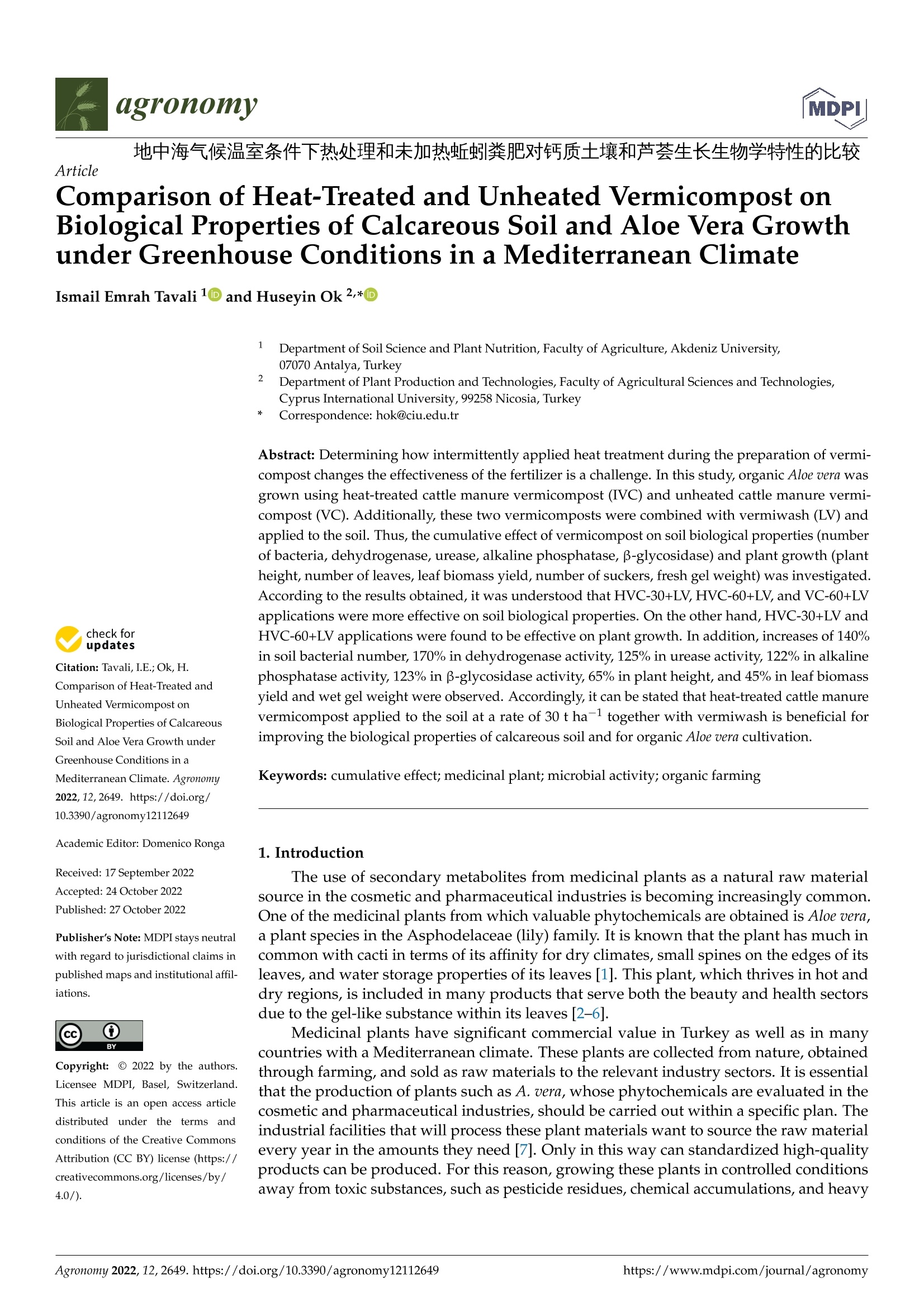

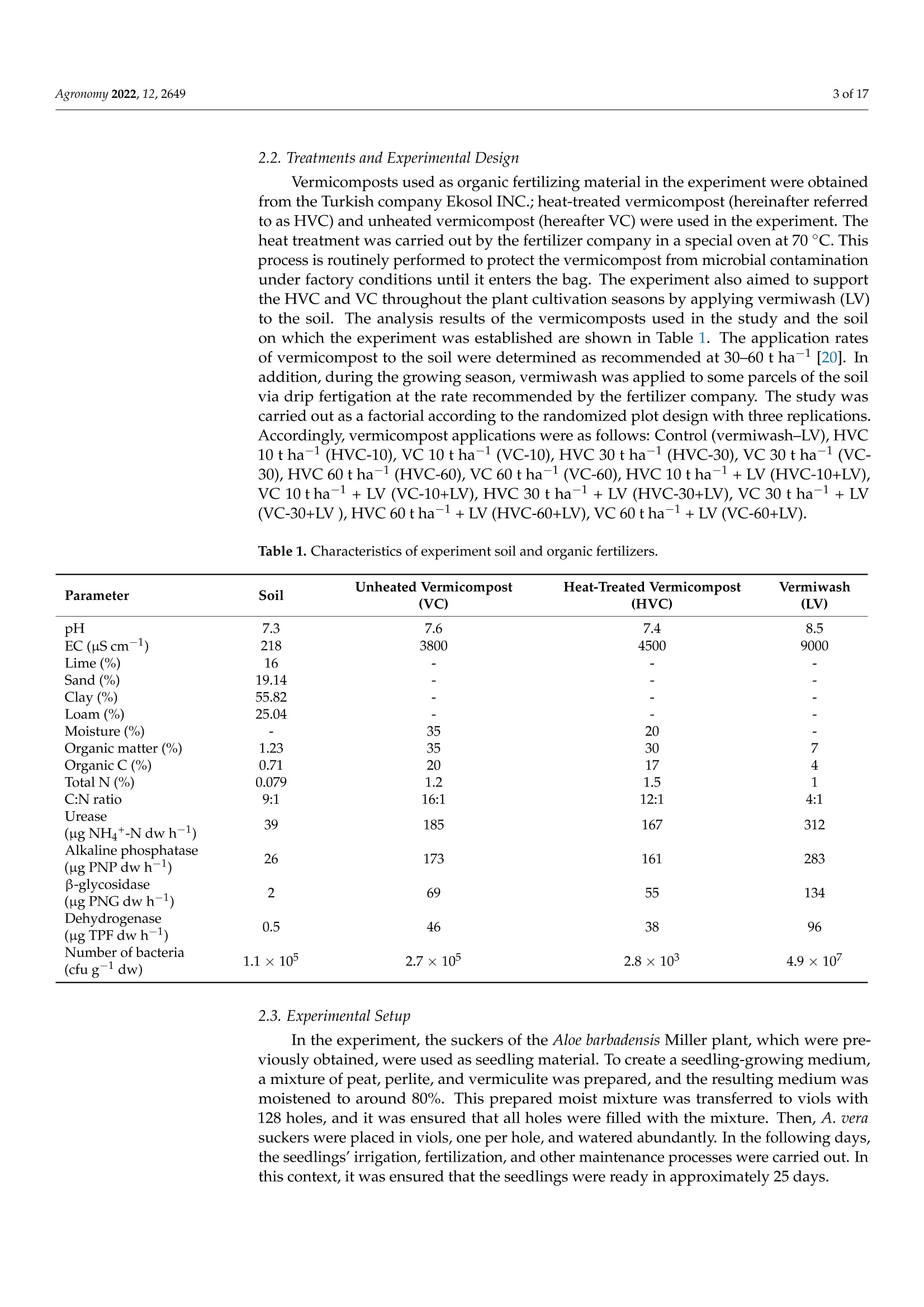

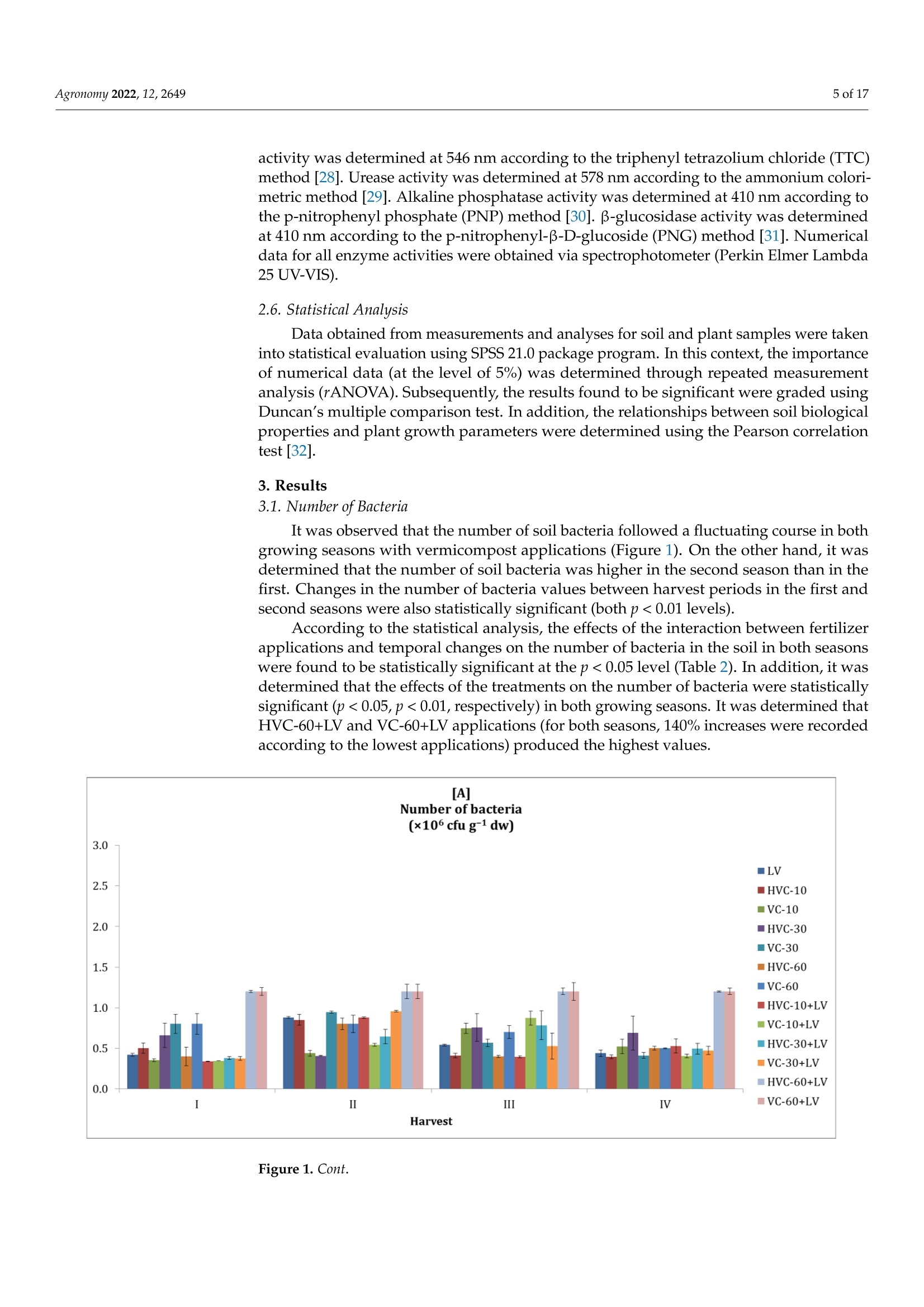
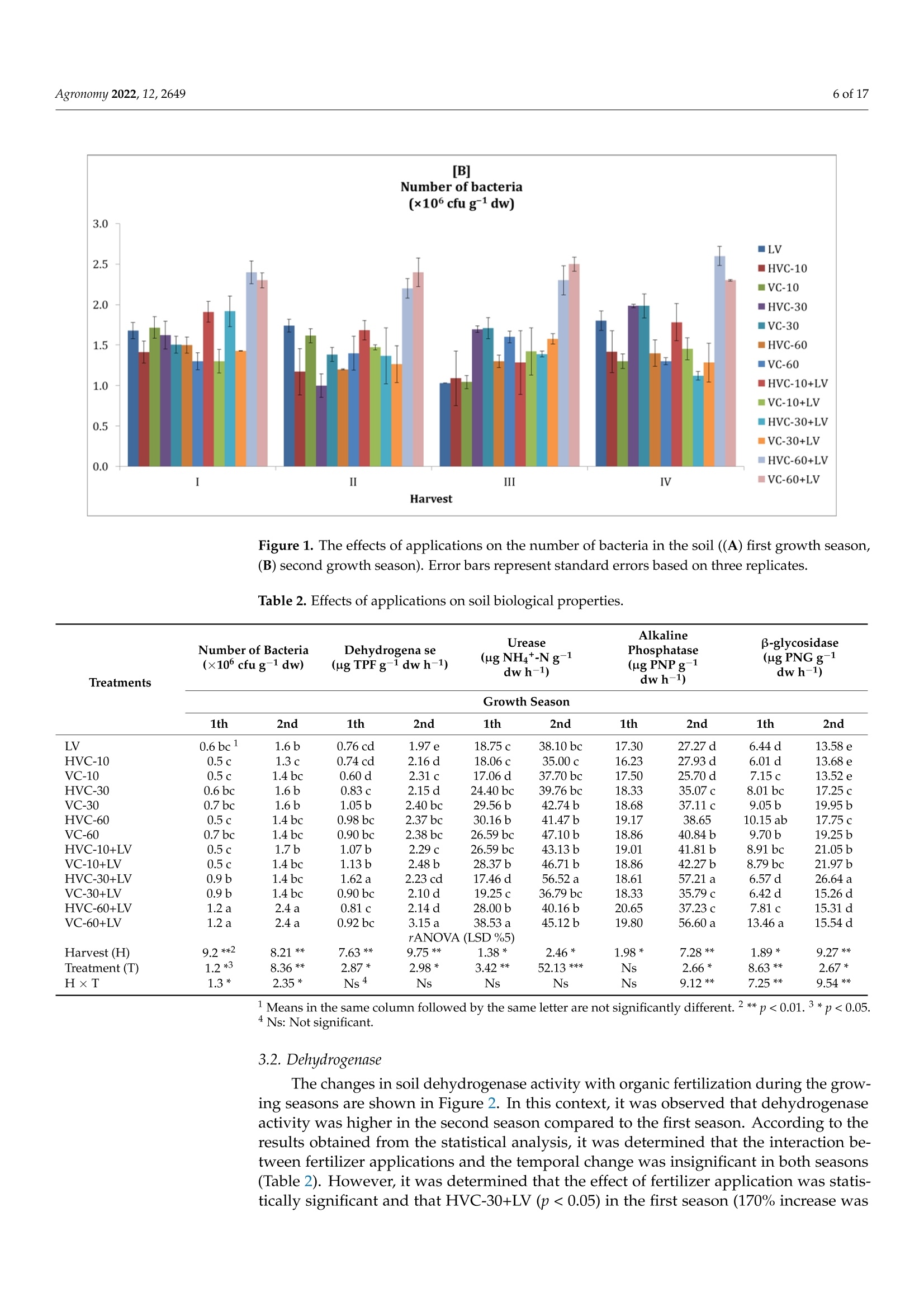




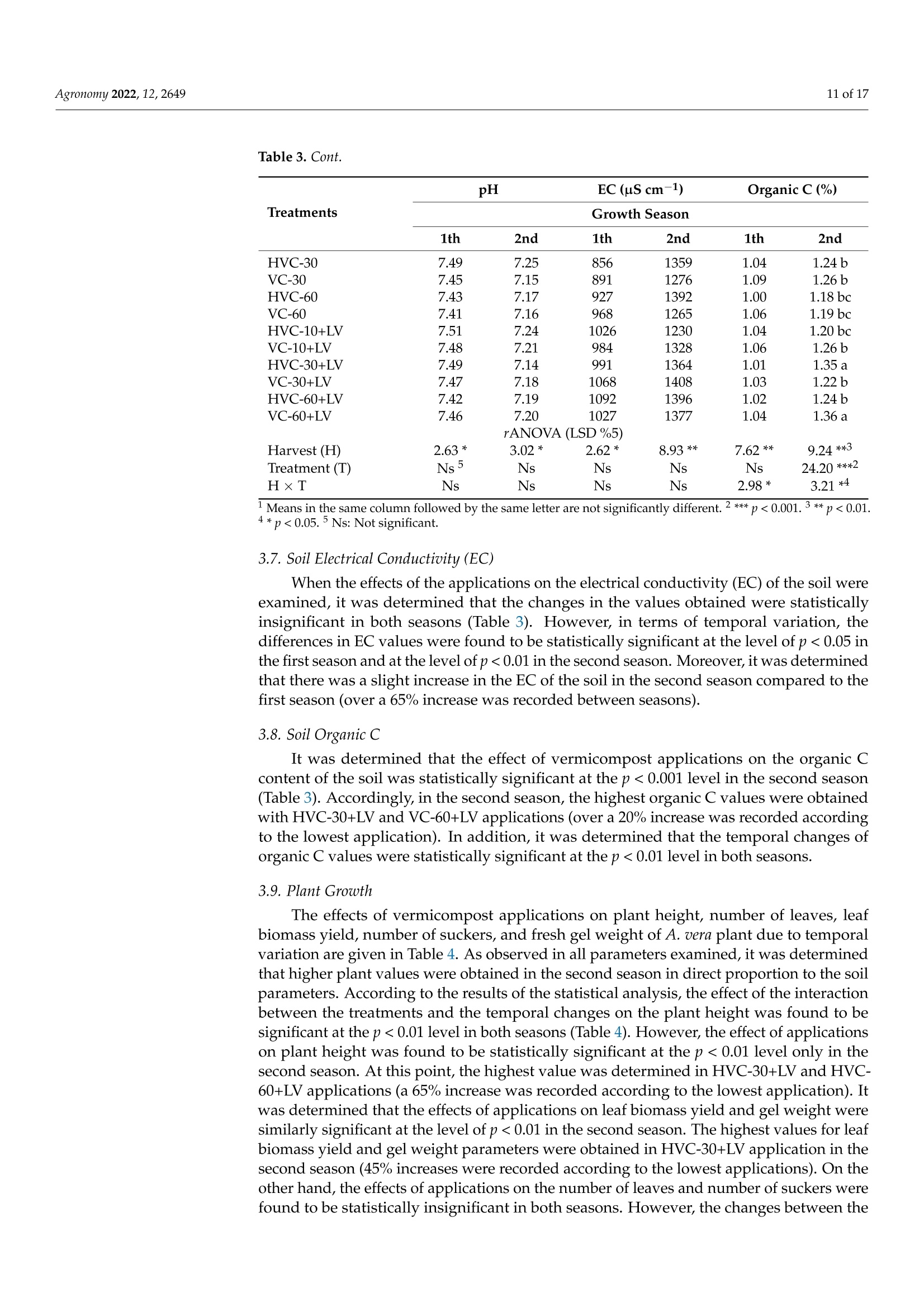
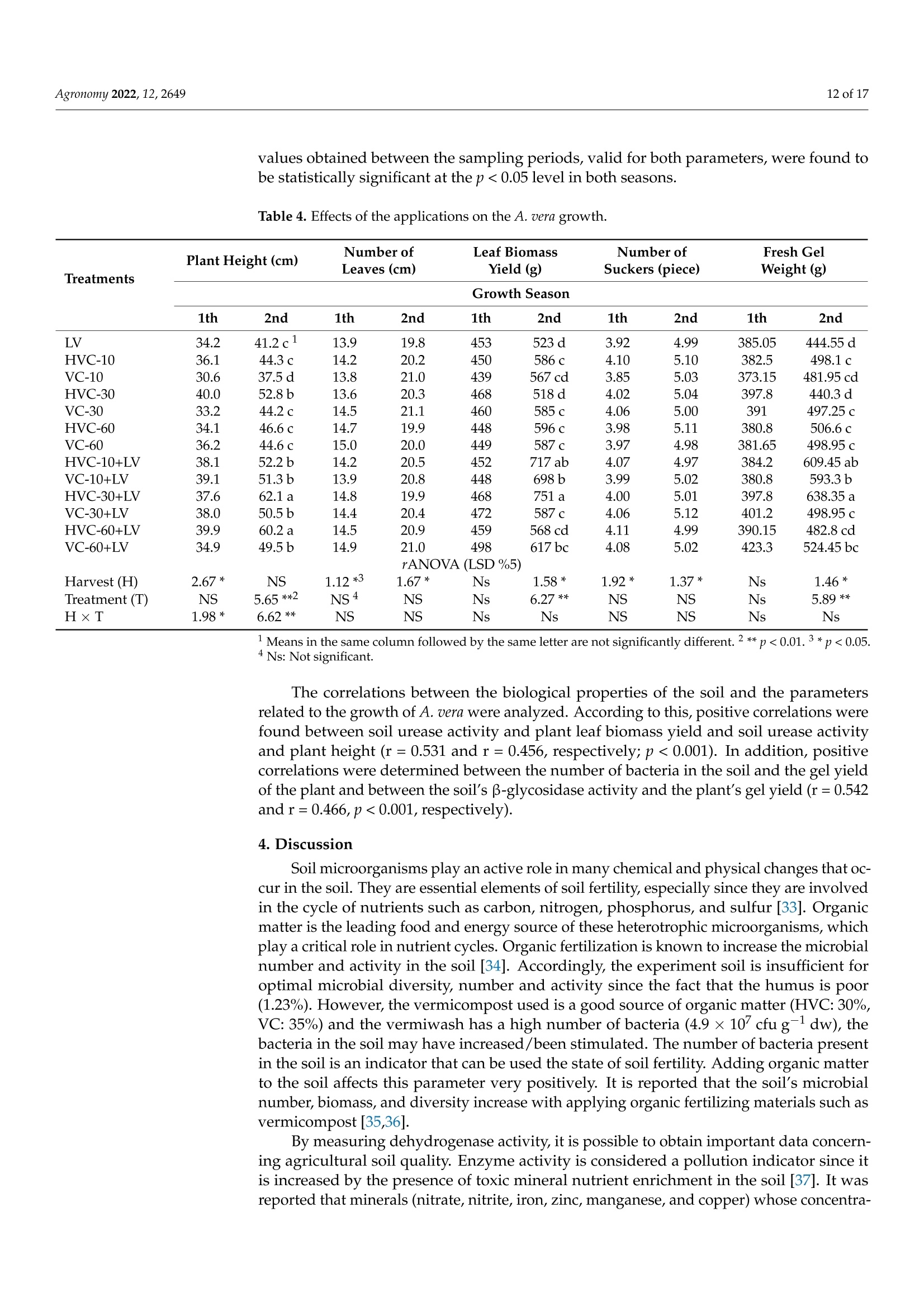
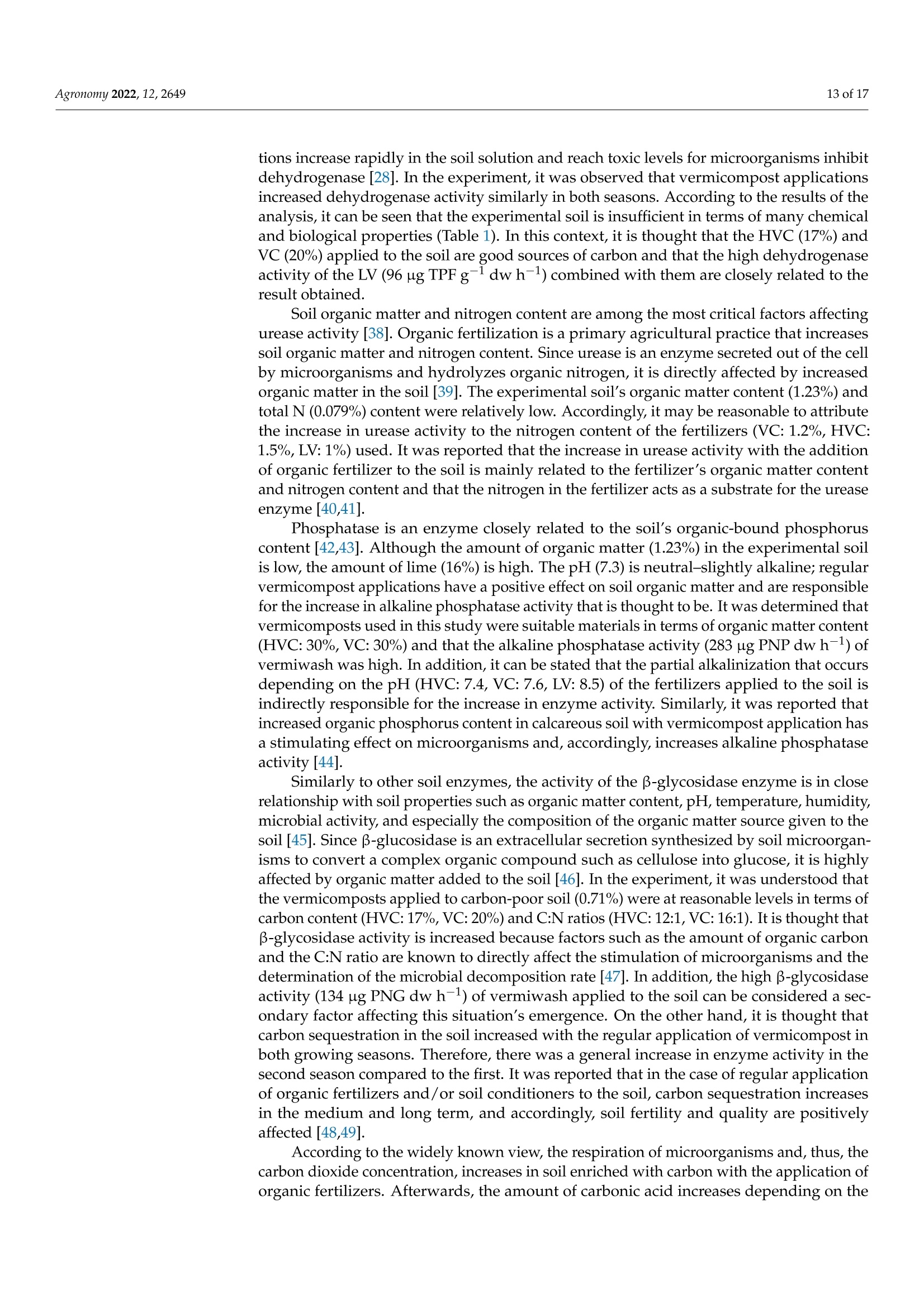
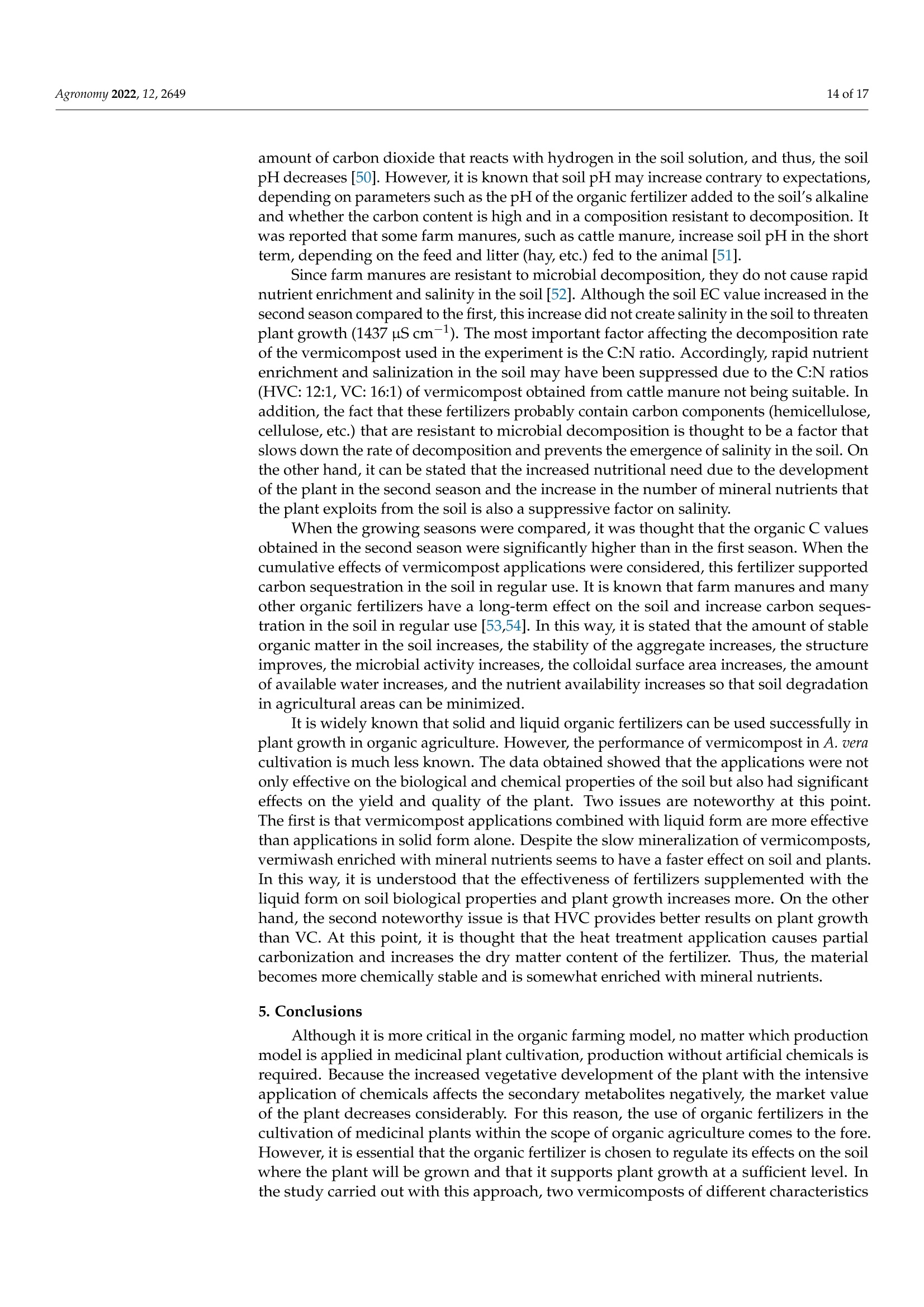

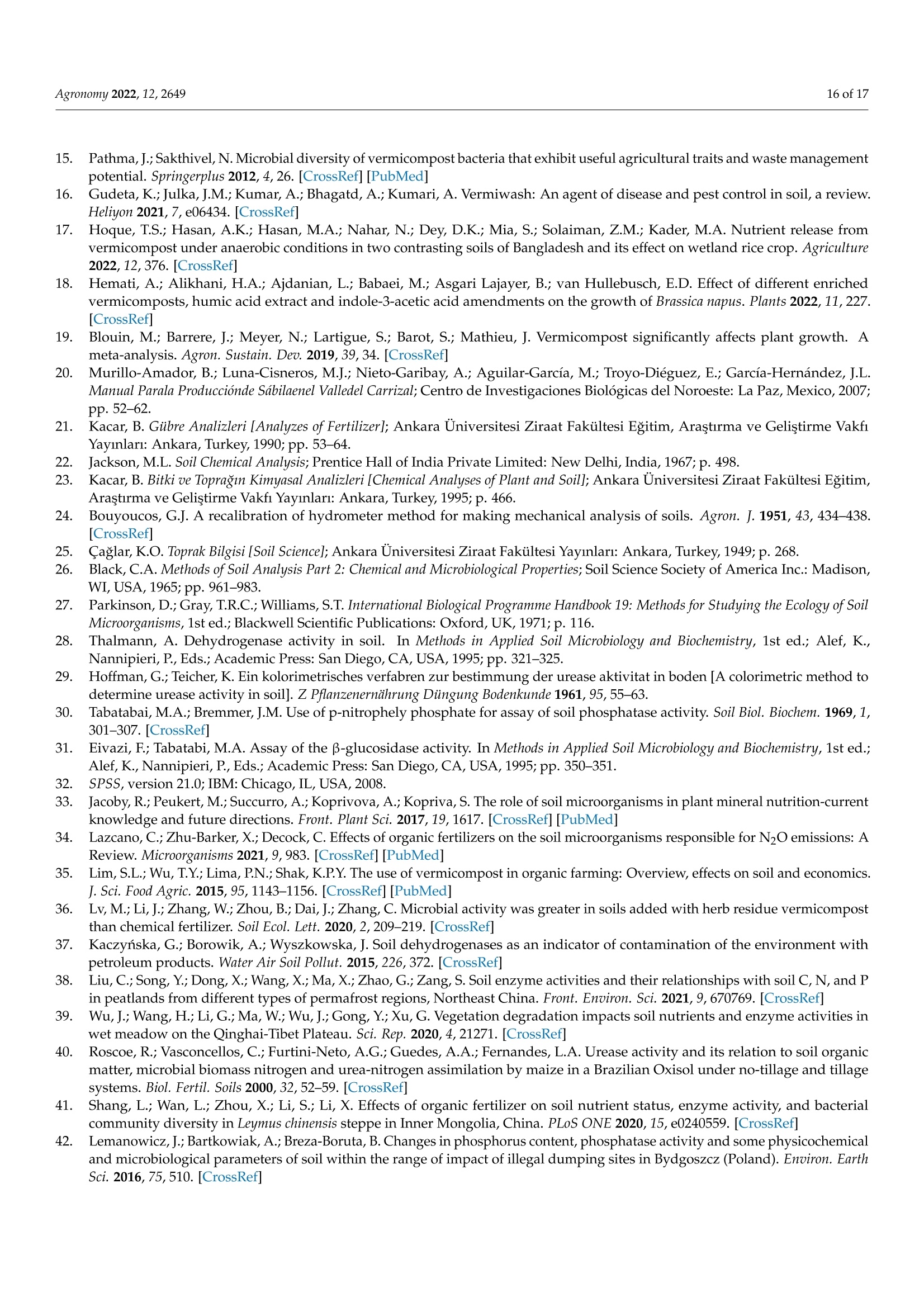
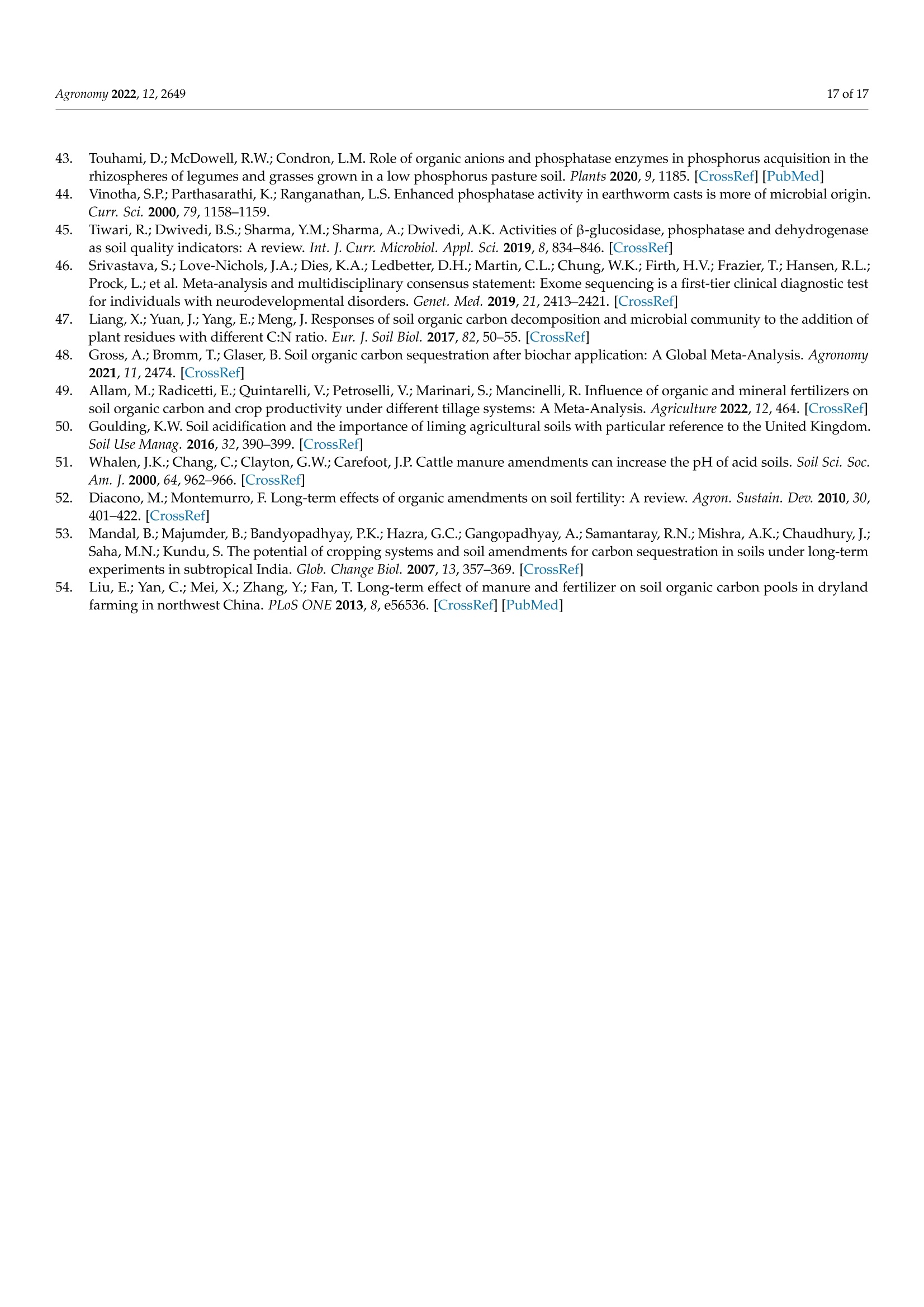
还剩15页未读,是否继续阅读?
中国格哈特为您提供《蚯蚓粪肥和钙质土壤中总氮含量的检测》,该方案主要用于其他中总氮检测,参考标准--,《蚯蚓粪肥和钙质土壤中总氮含量的检测》用到的仪器有格哈特自动凯氏定氮仪VAPODEST 200、格哈特快速干燥仪STL56、格哈特凯氏消化系统KT8S、格哈特维克松废气实验室废物处理系统涤气VS、德国加液器MM、凯氏定氮催化片
相关方案
更多
该厂商其他方案
更多









